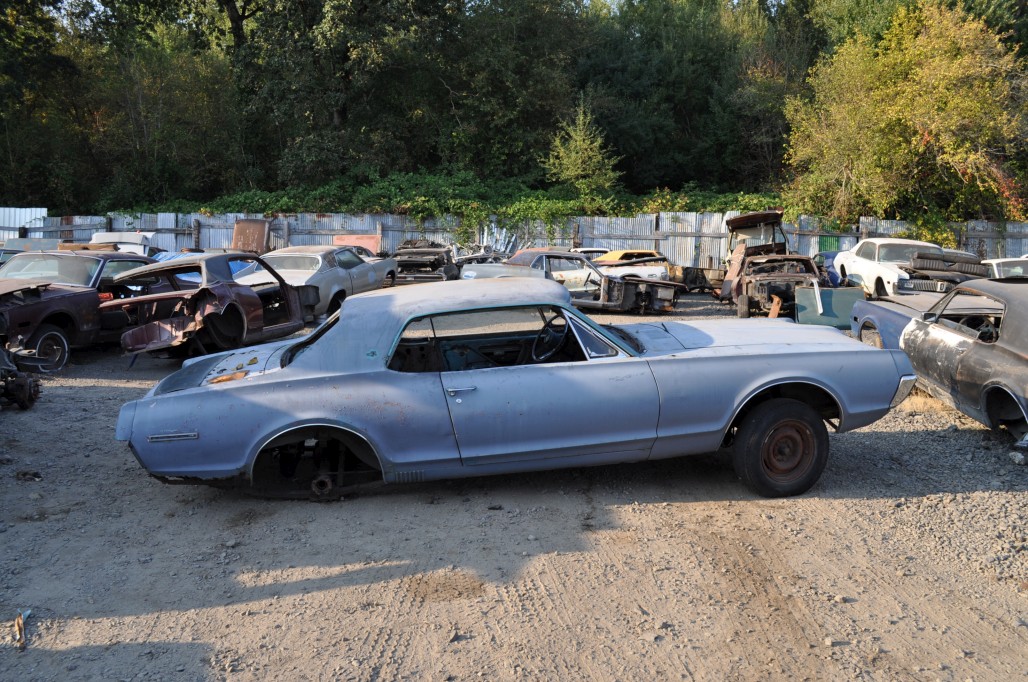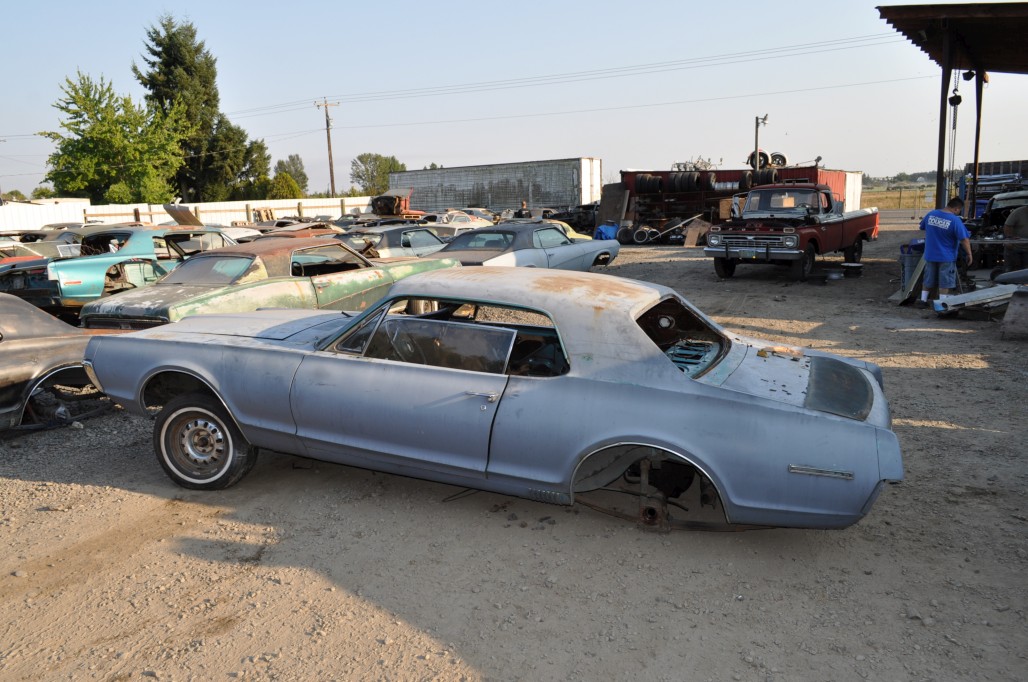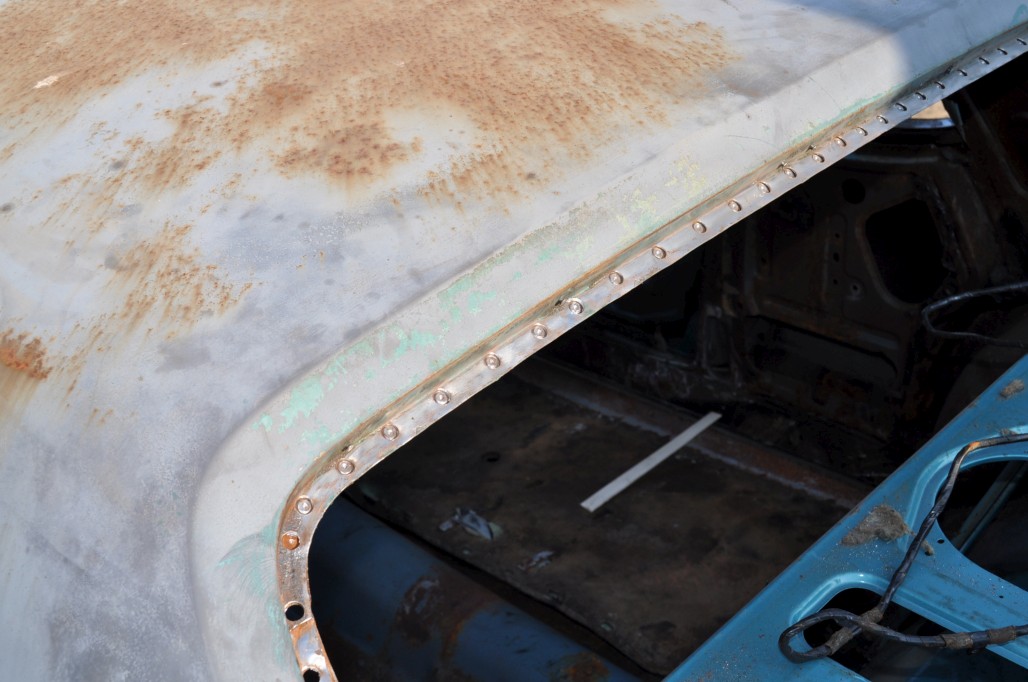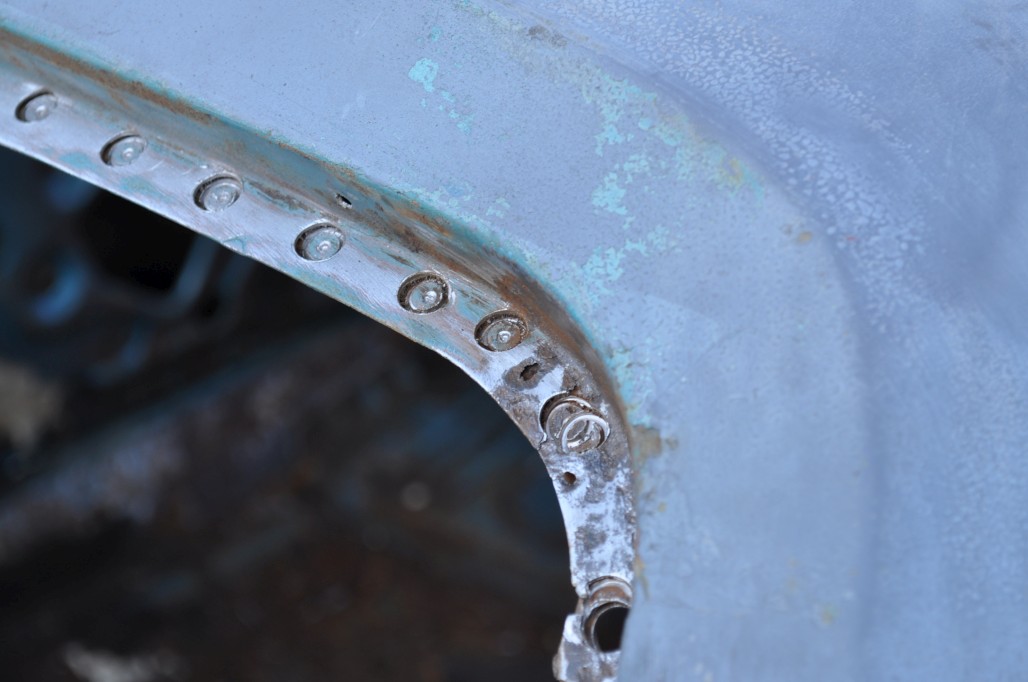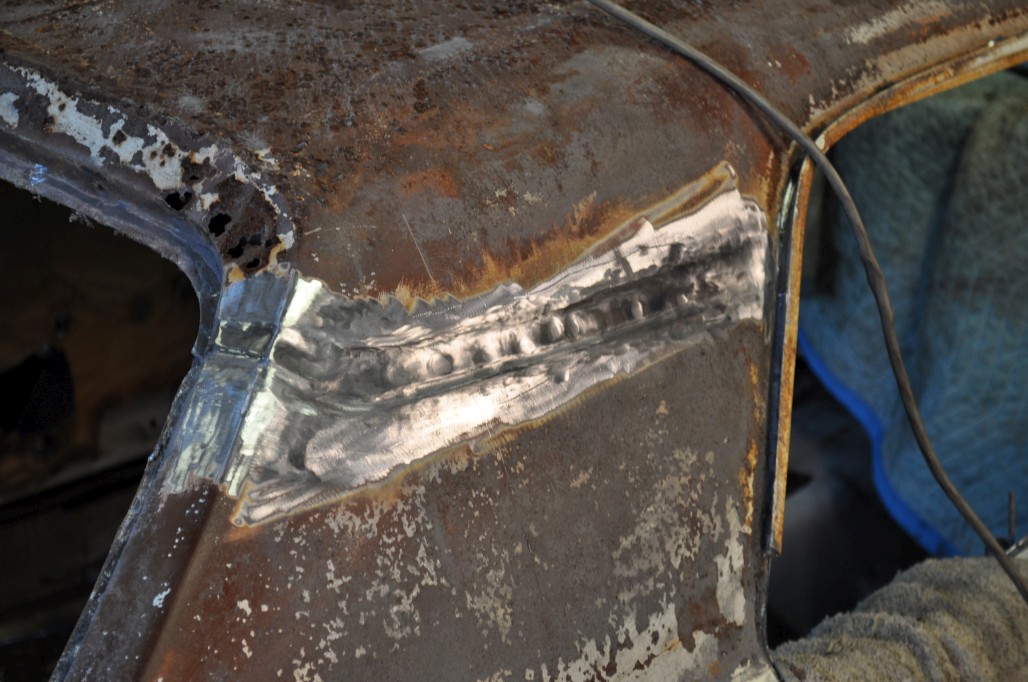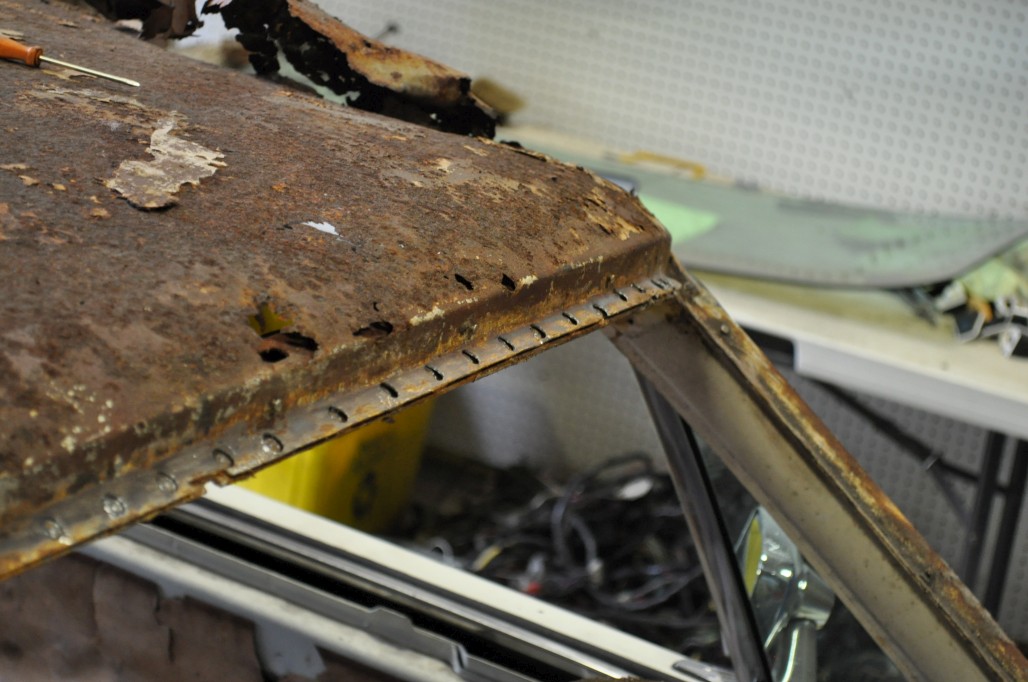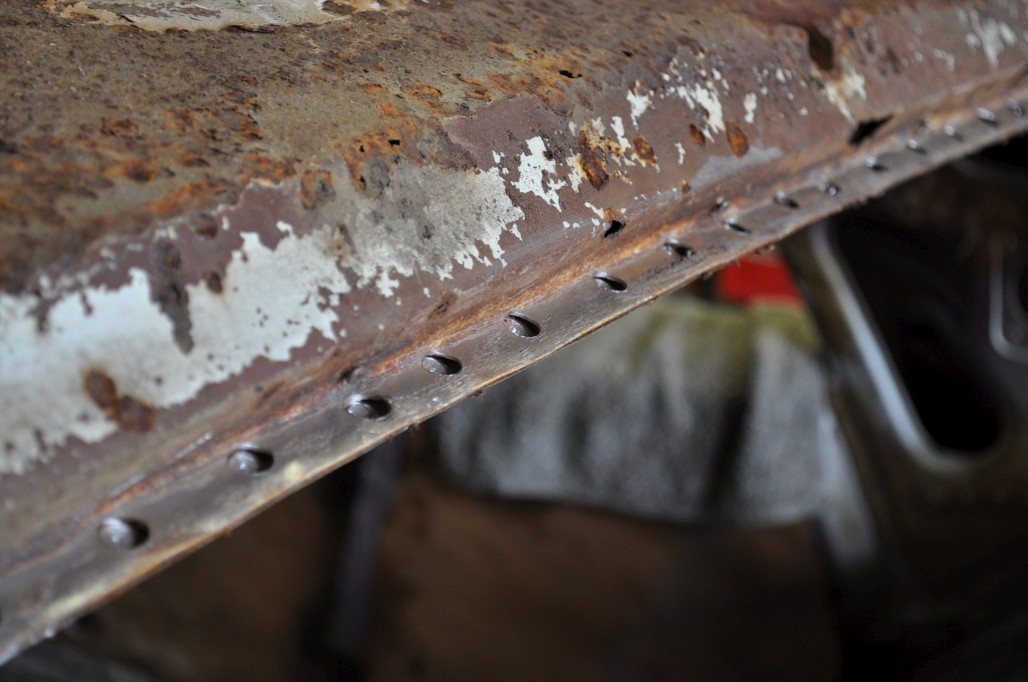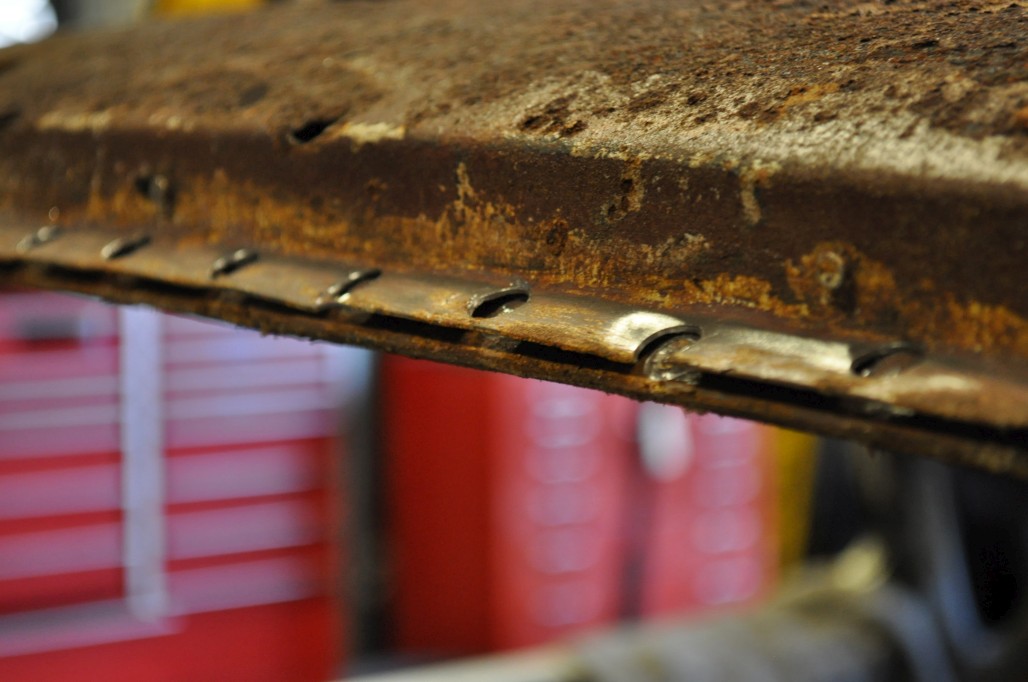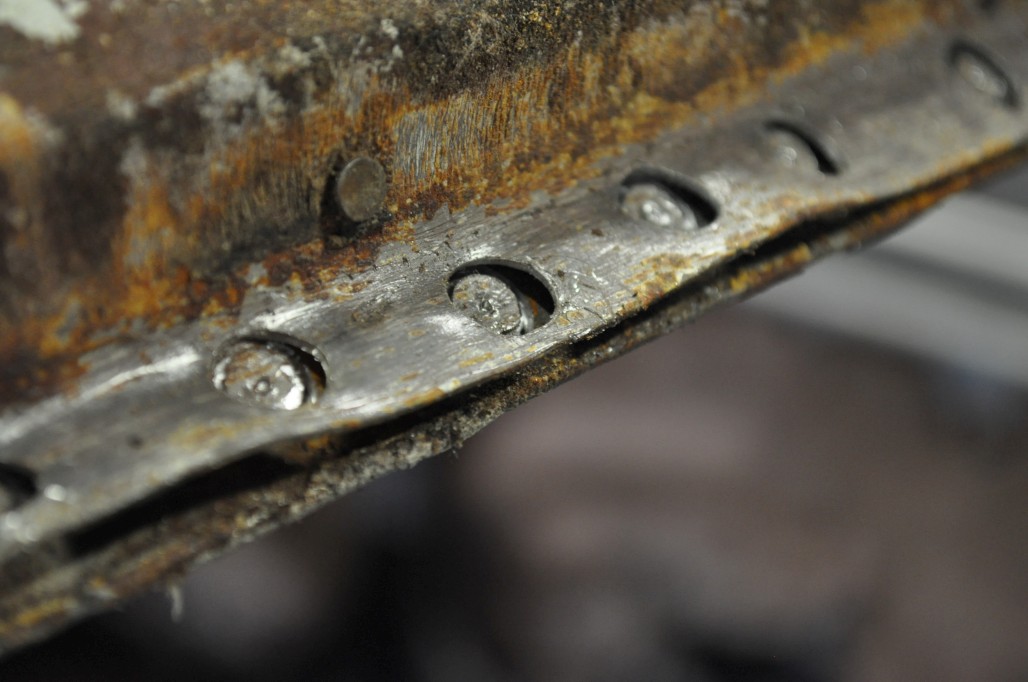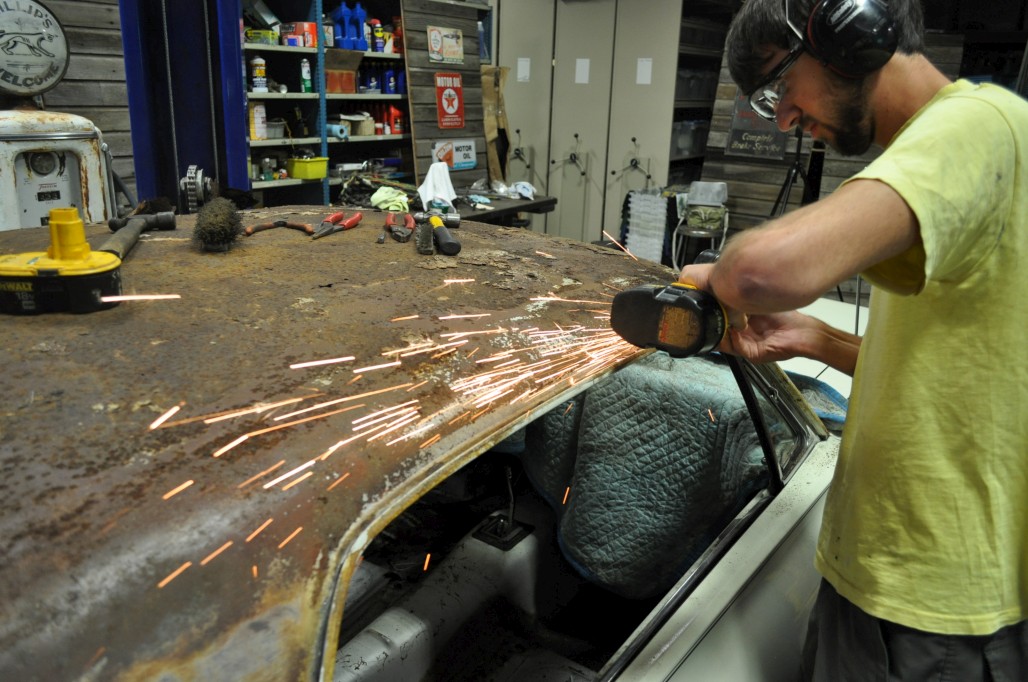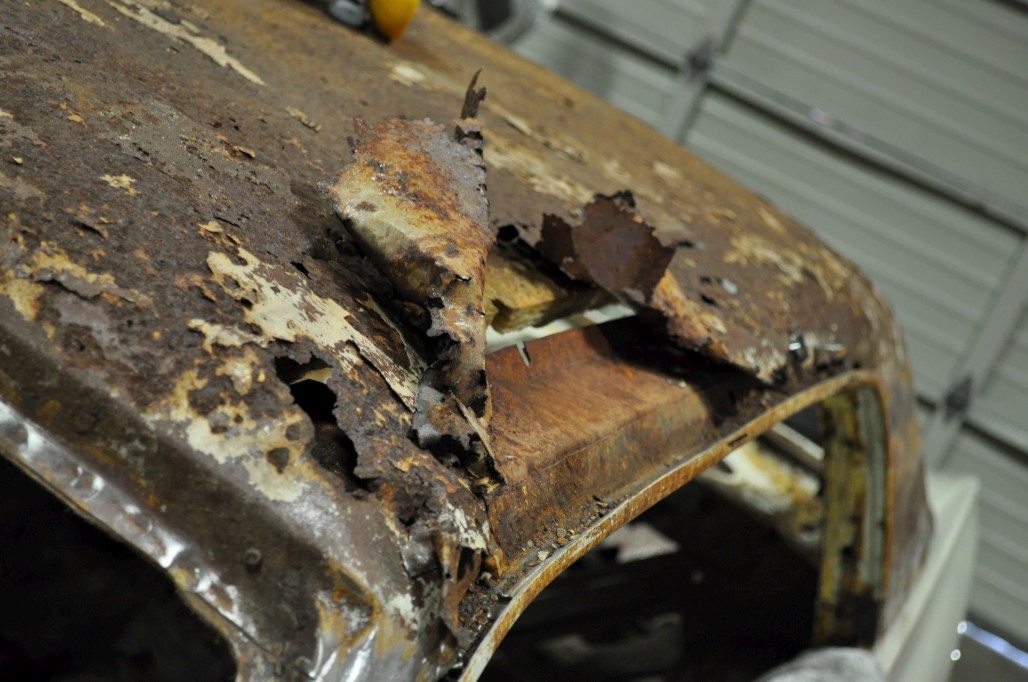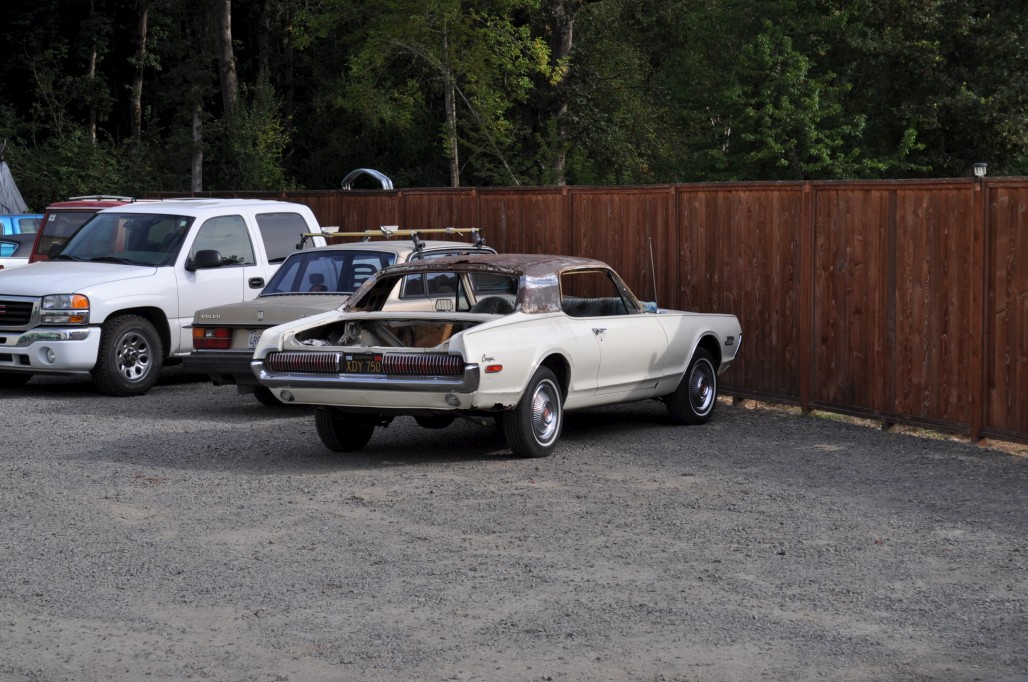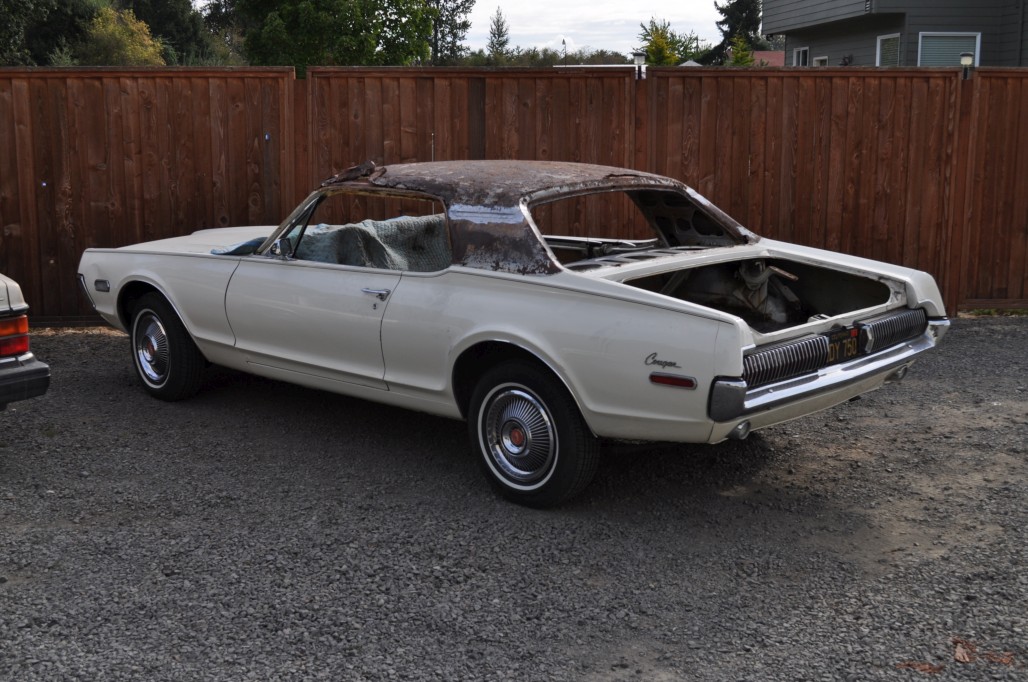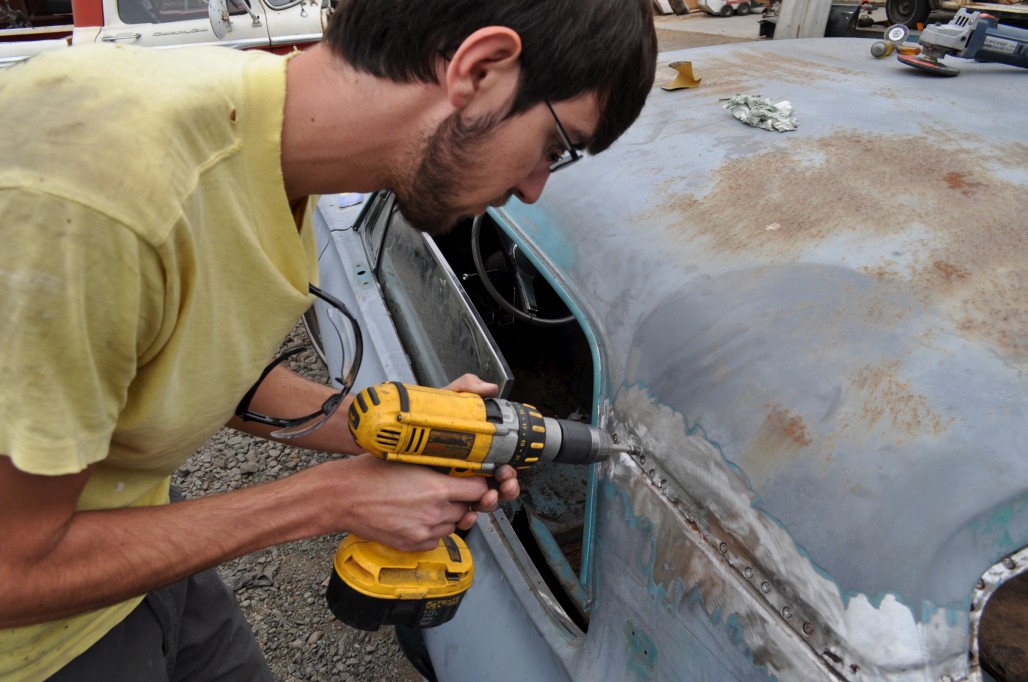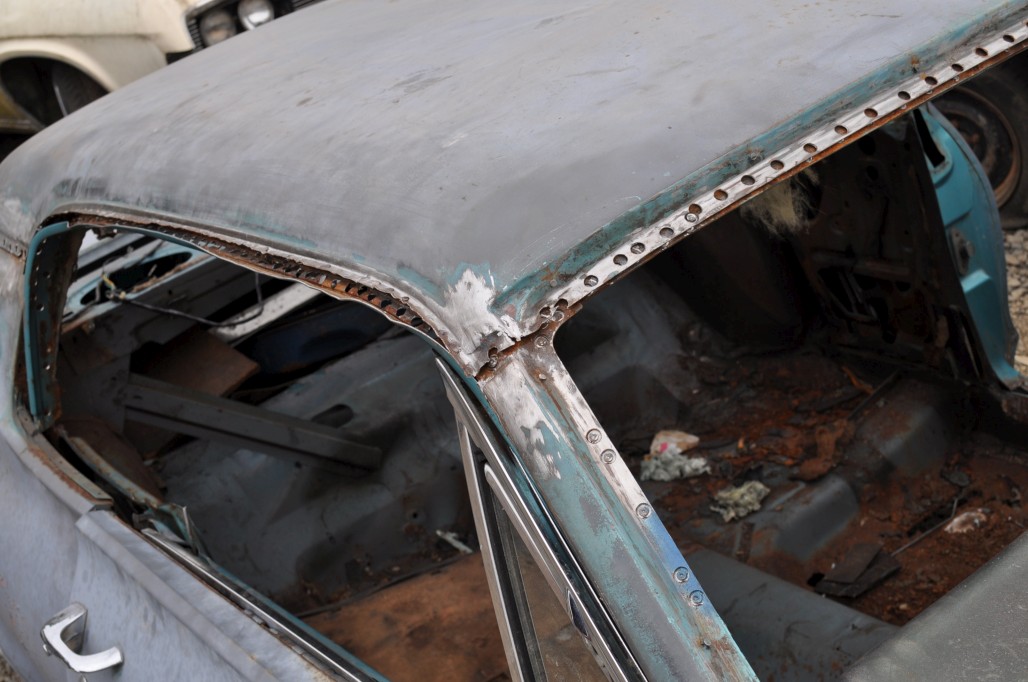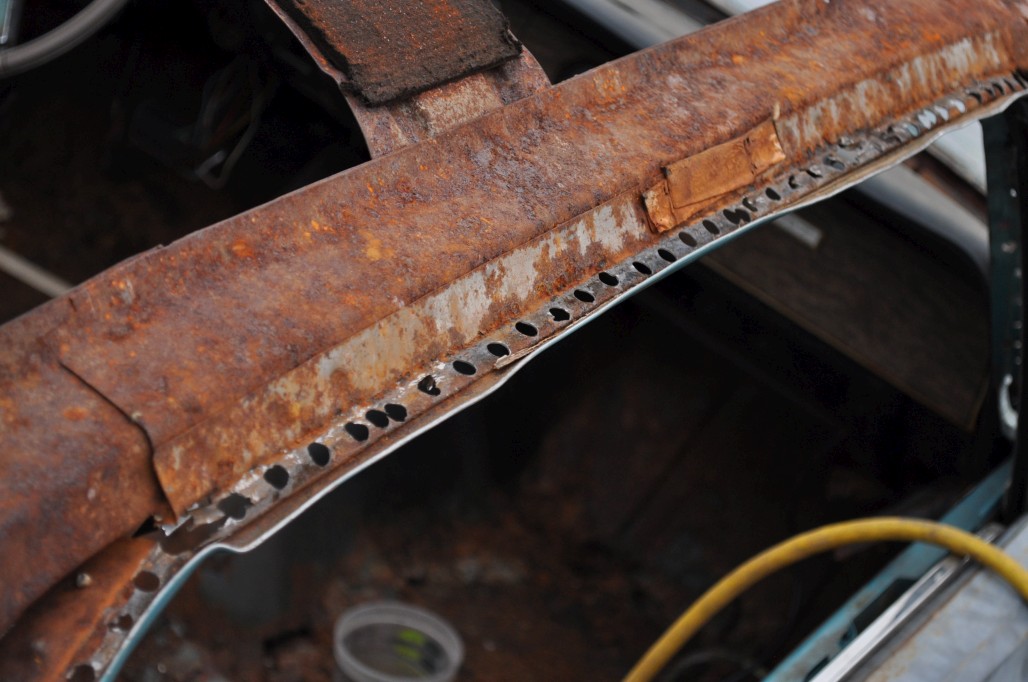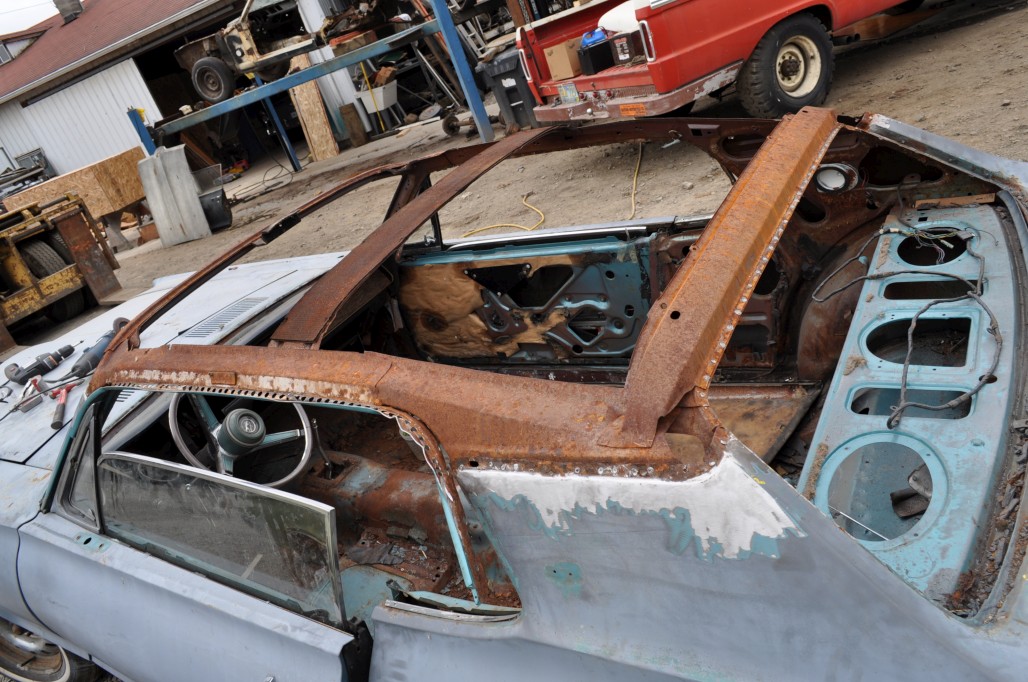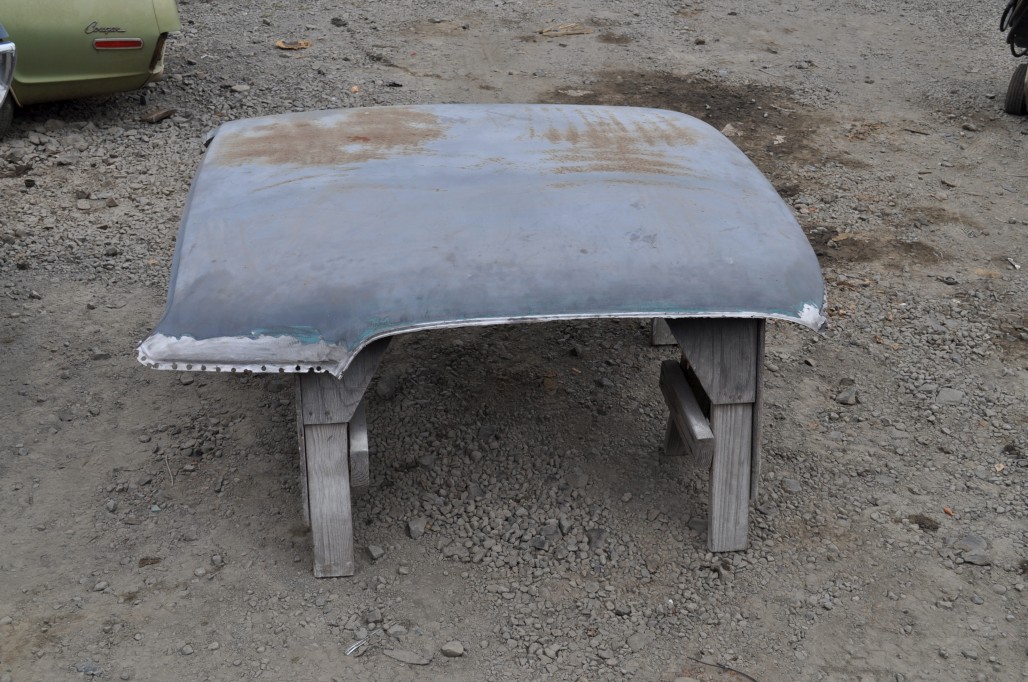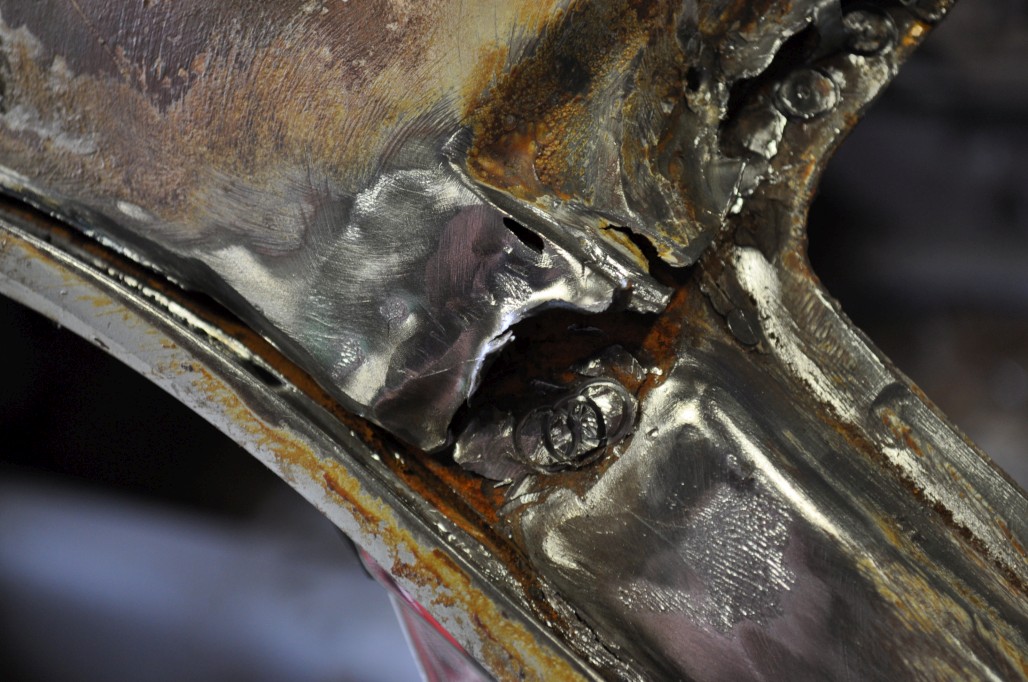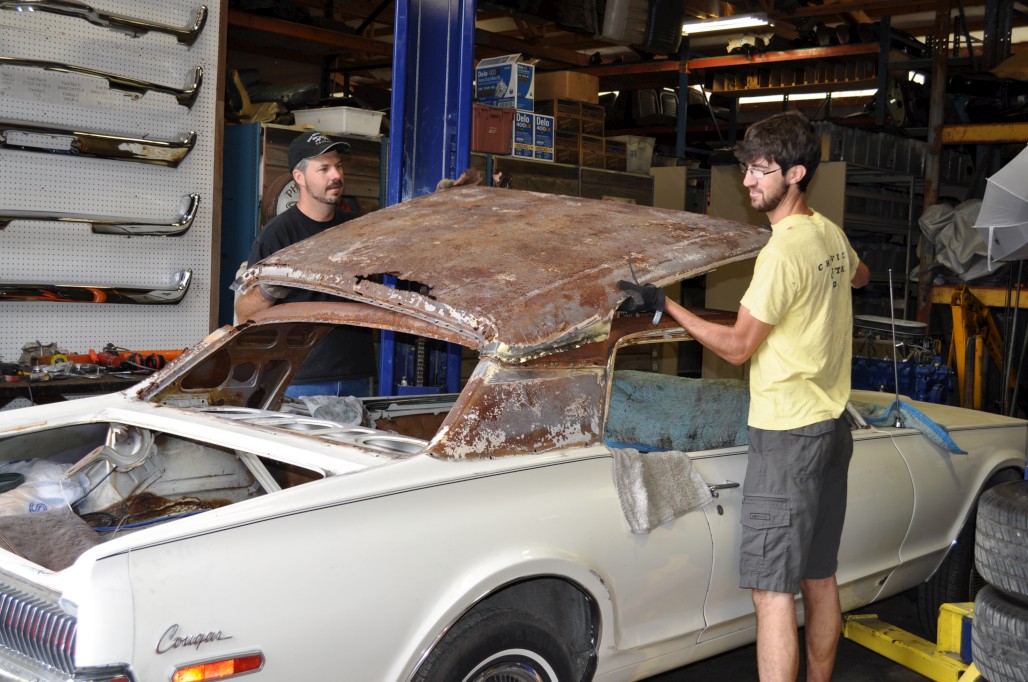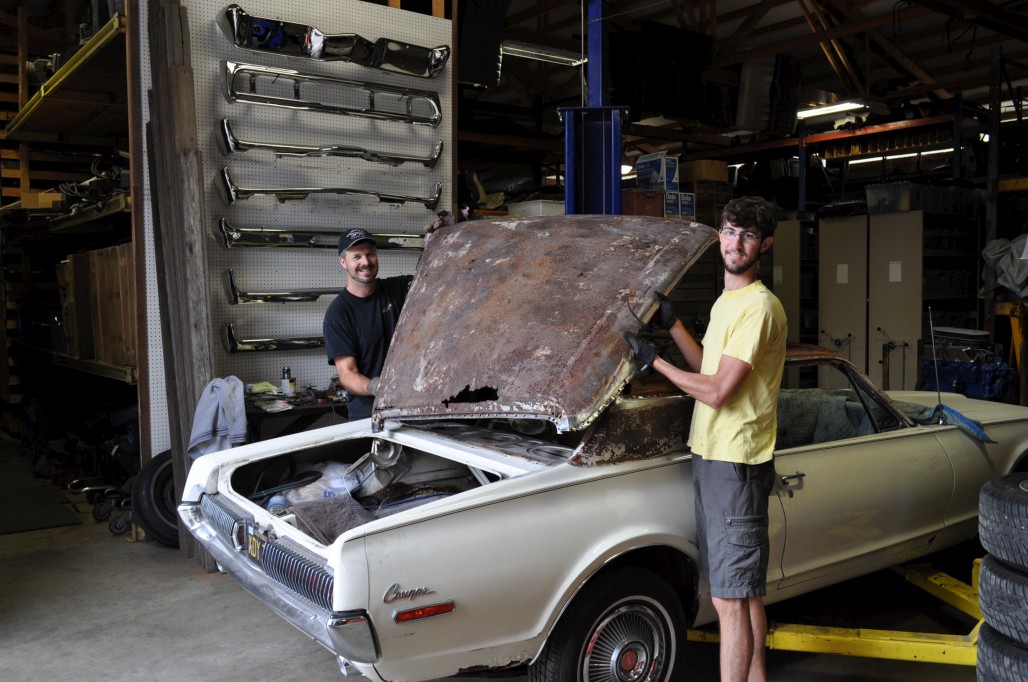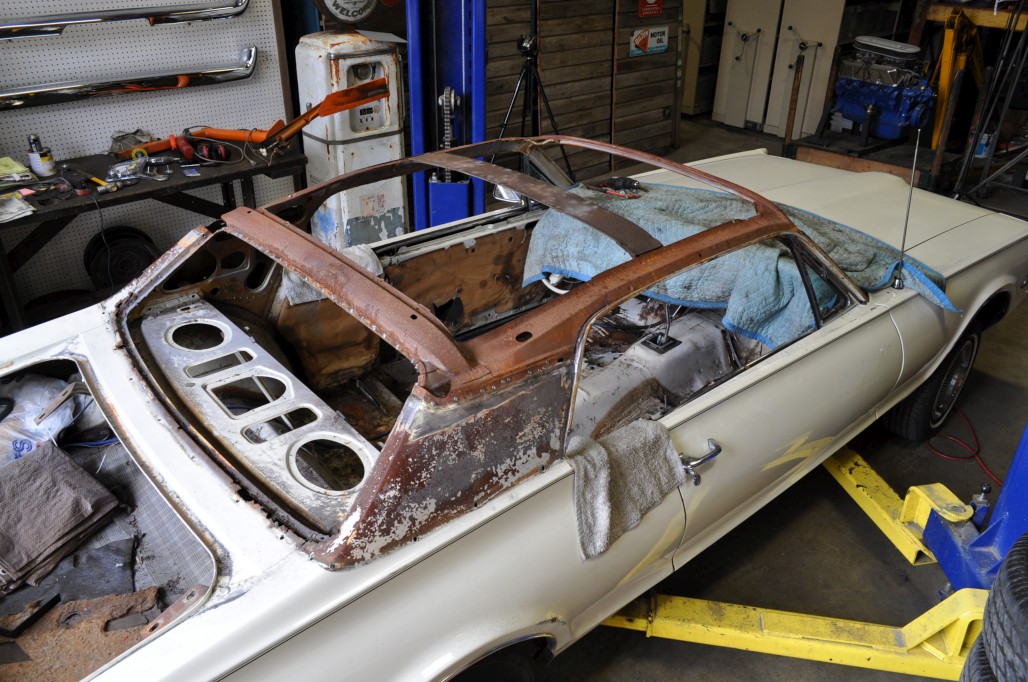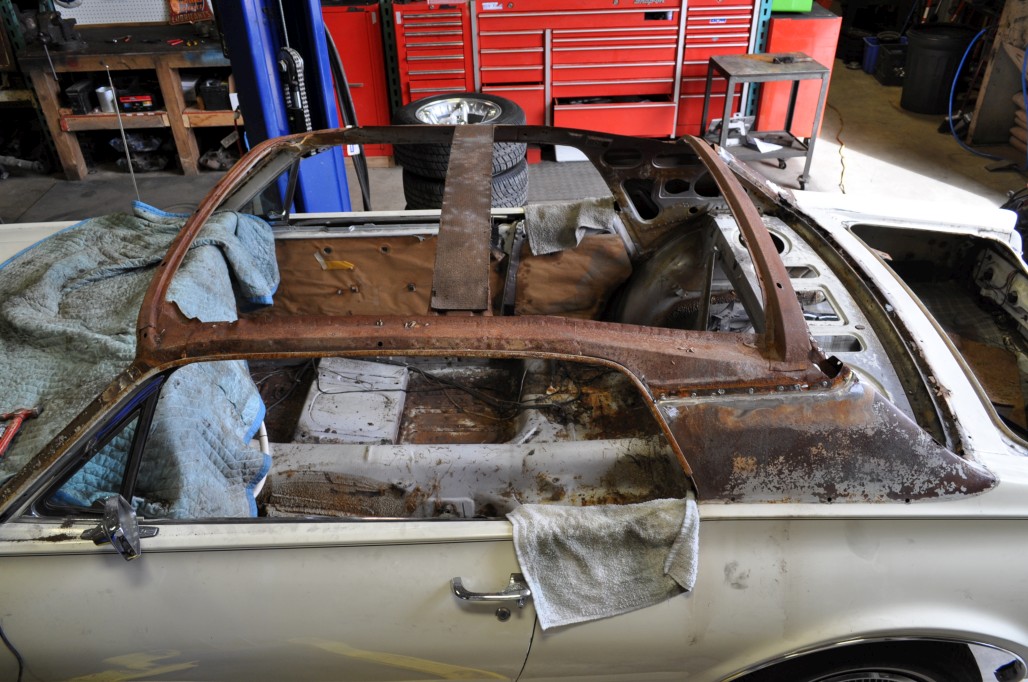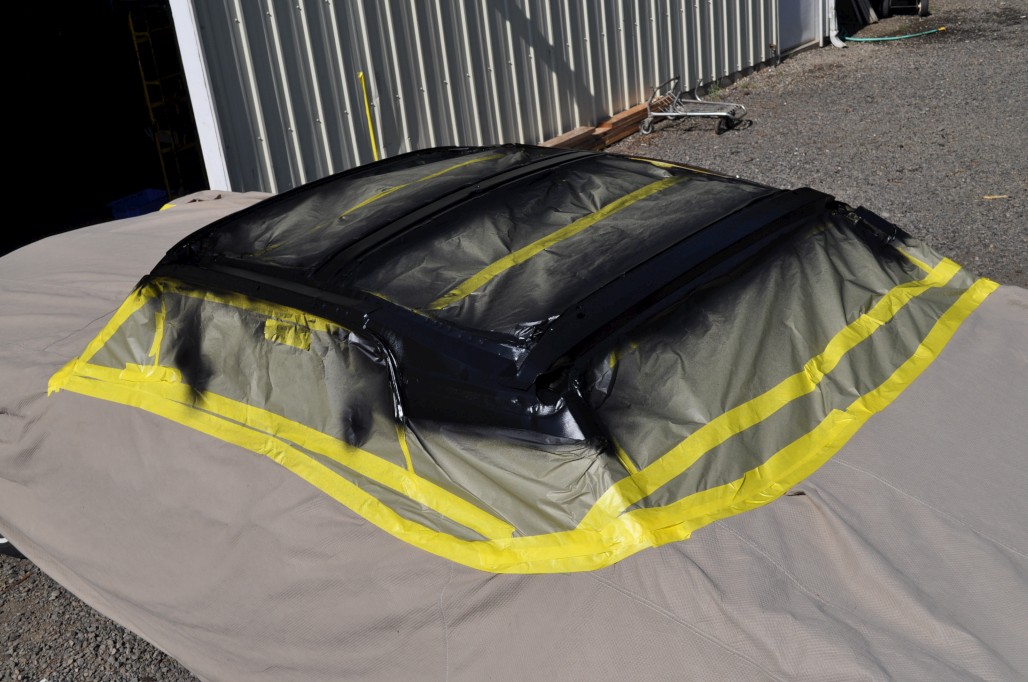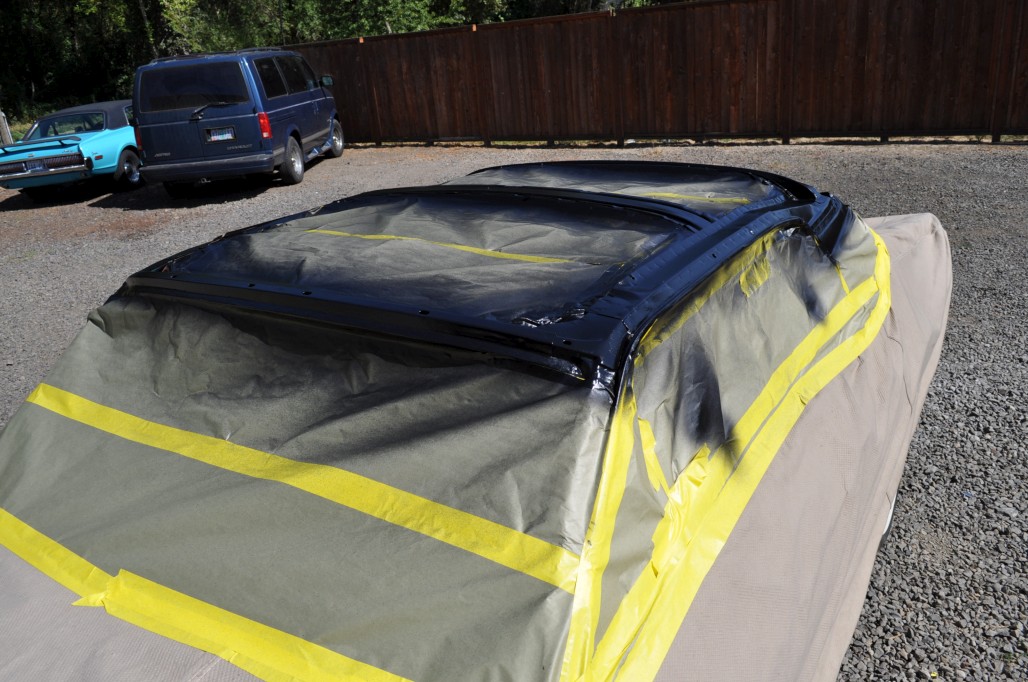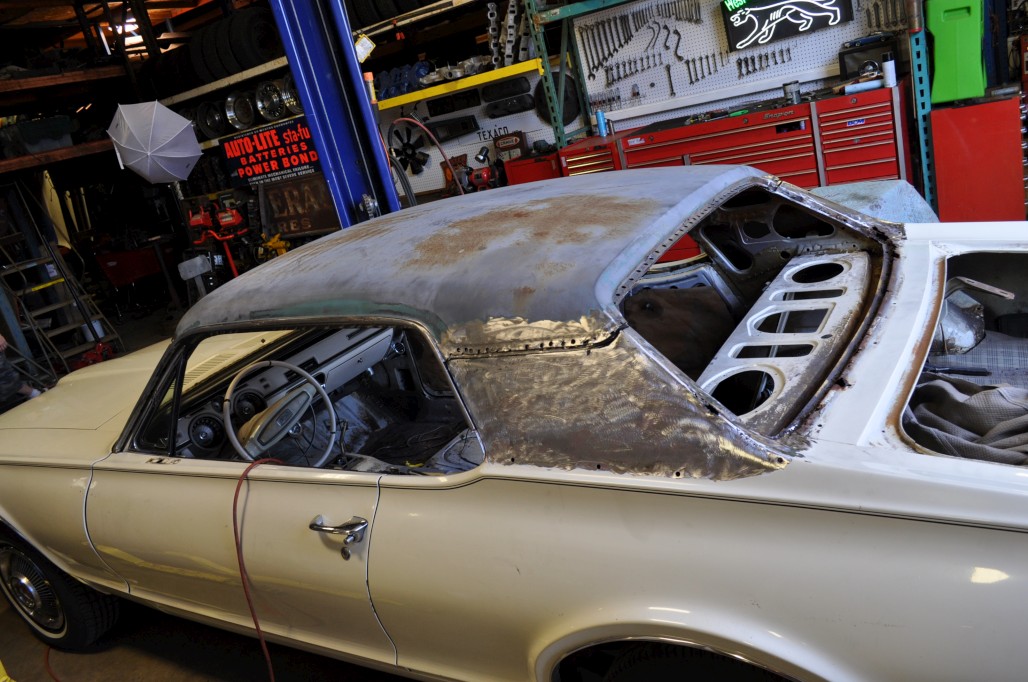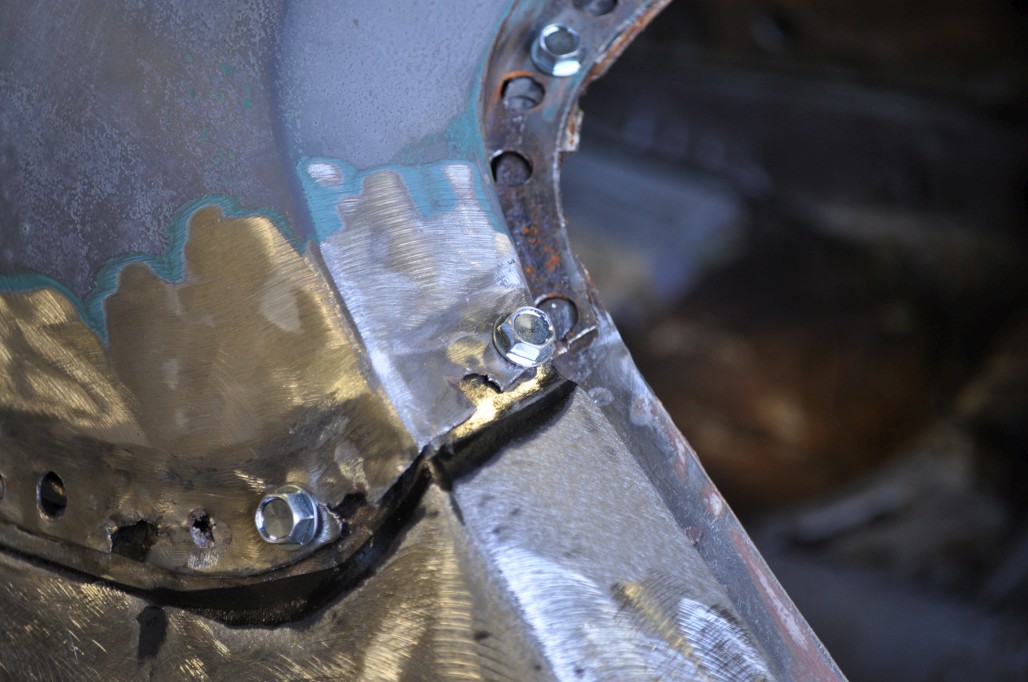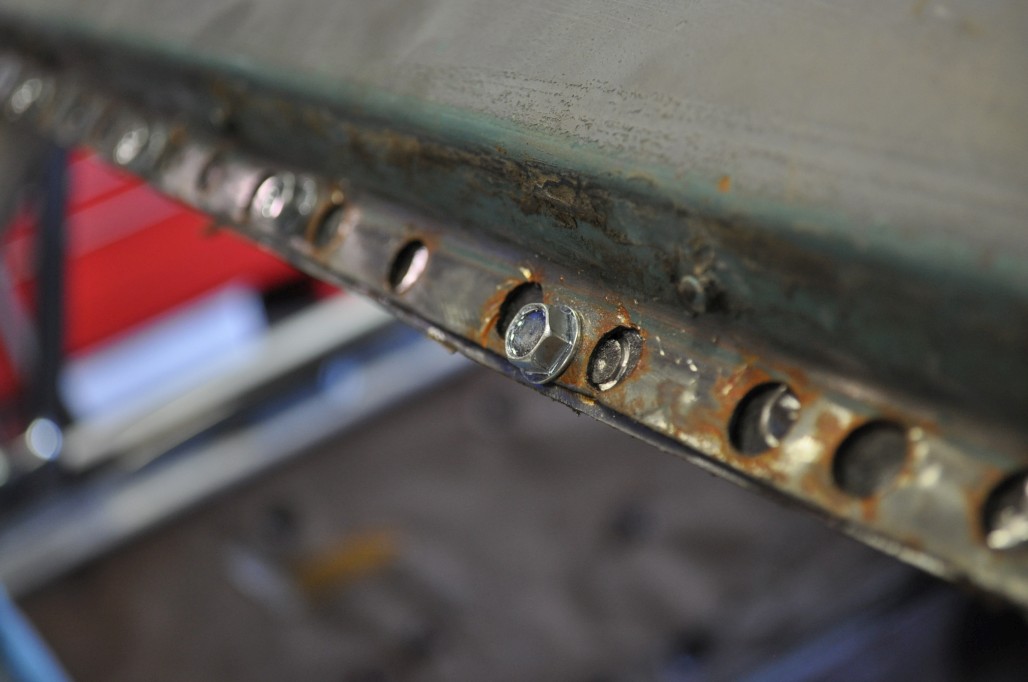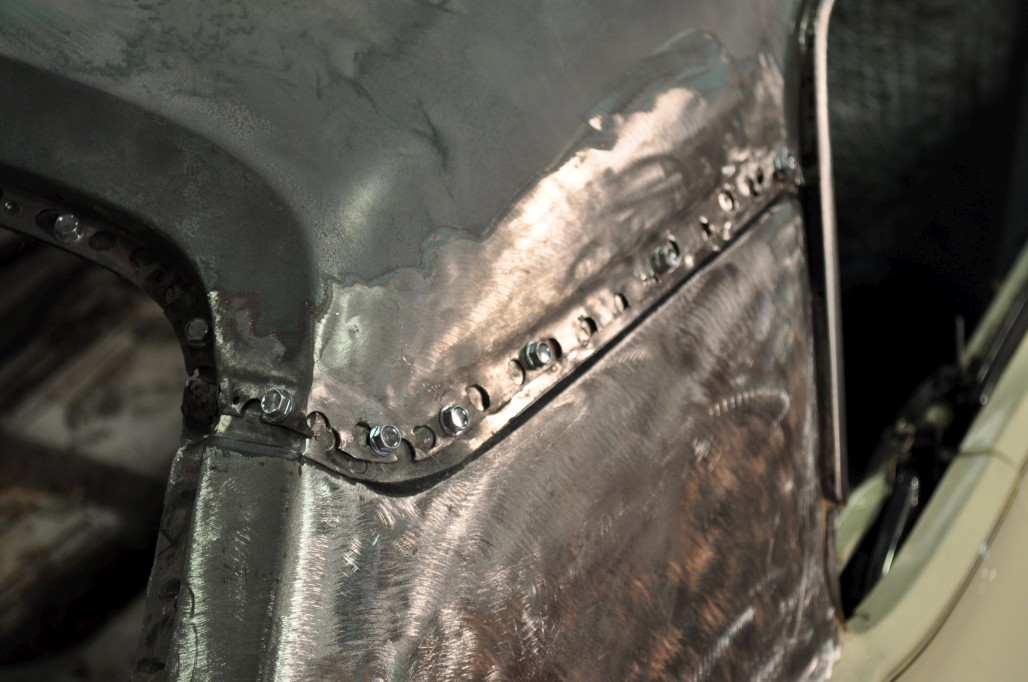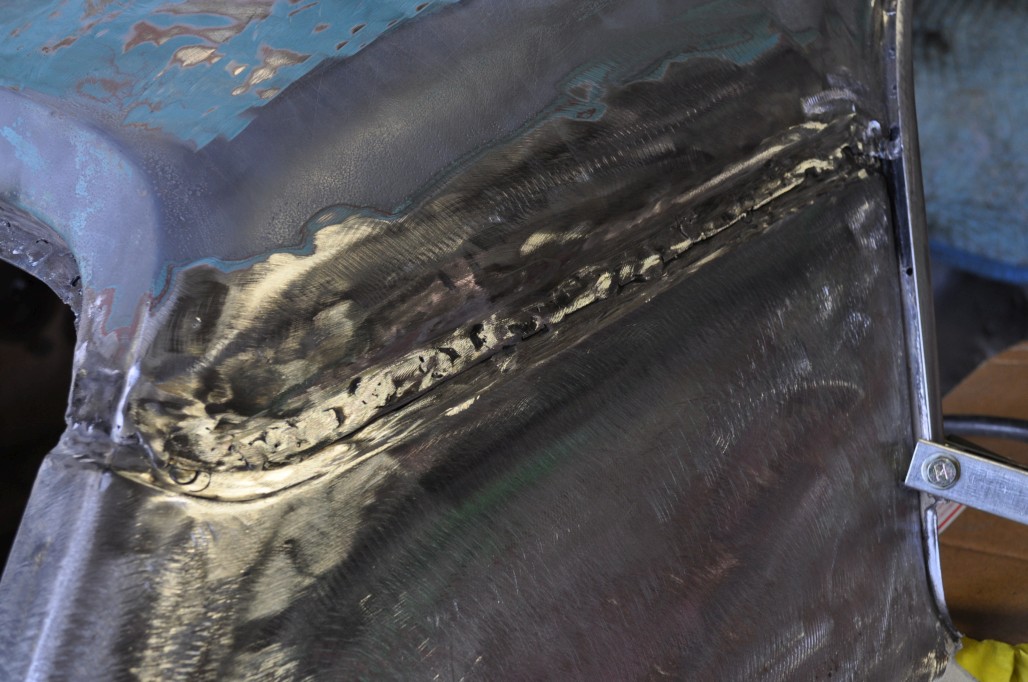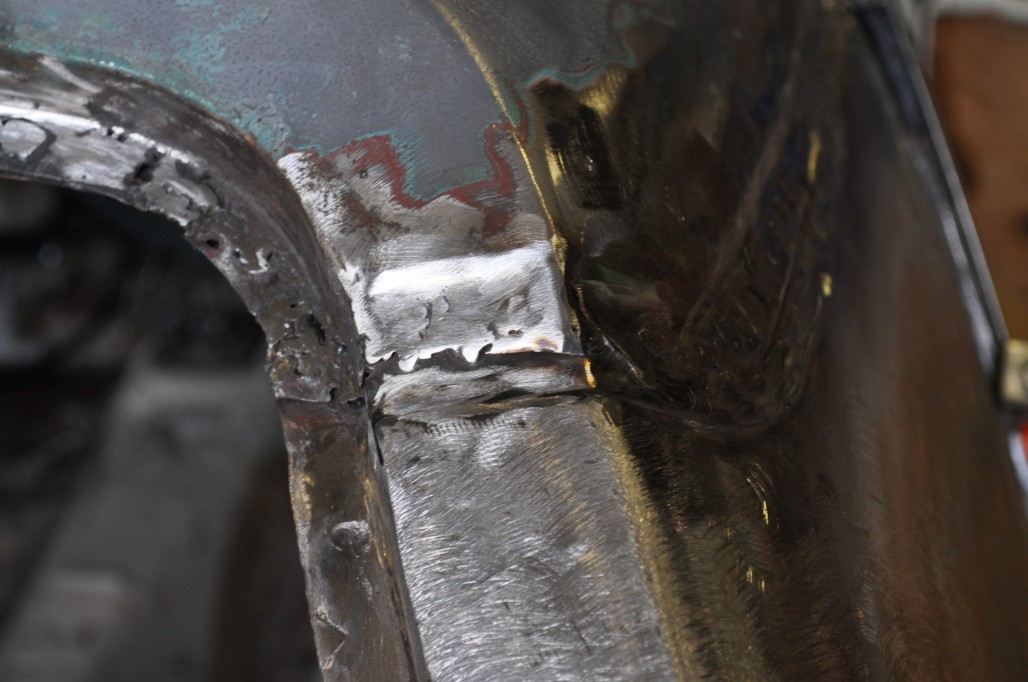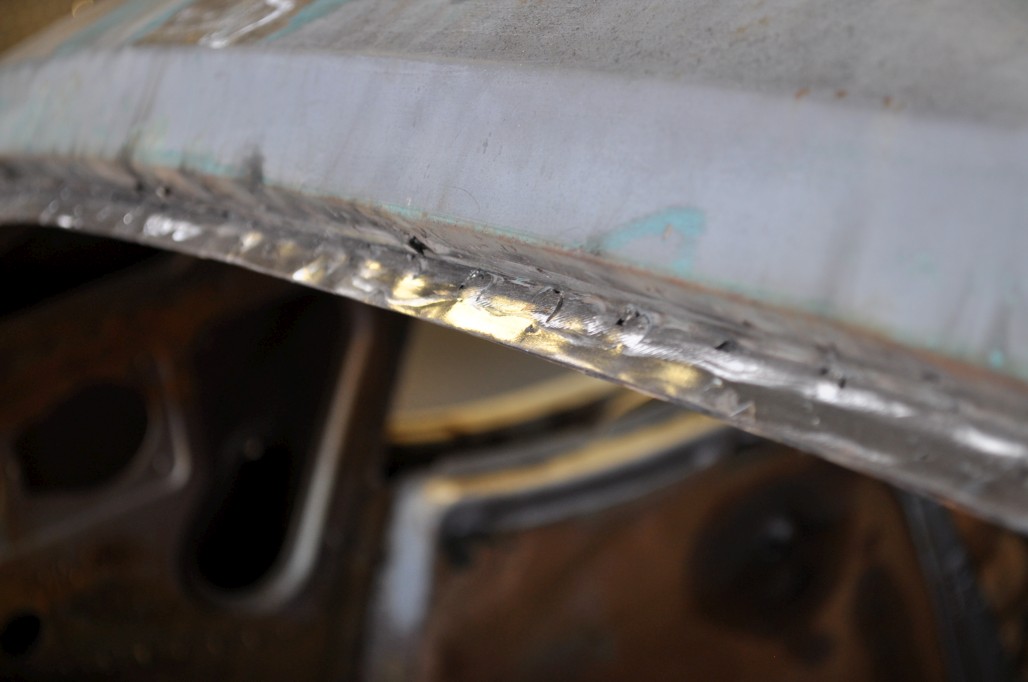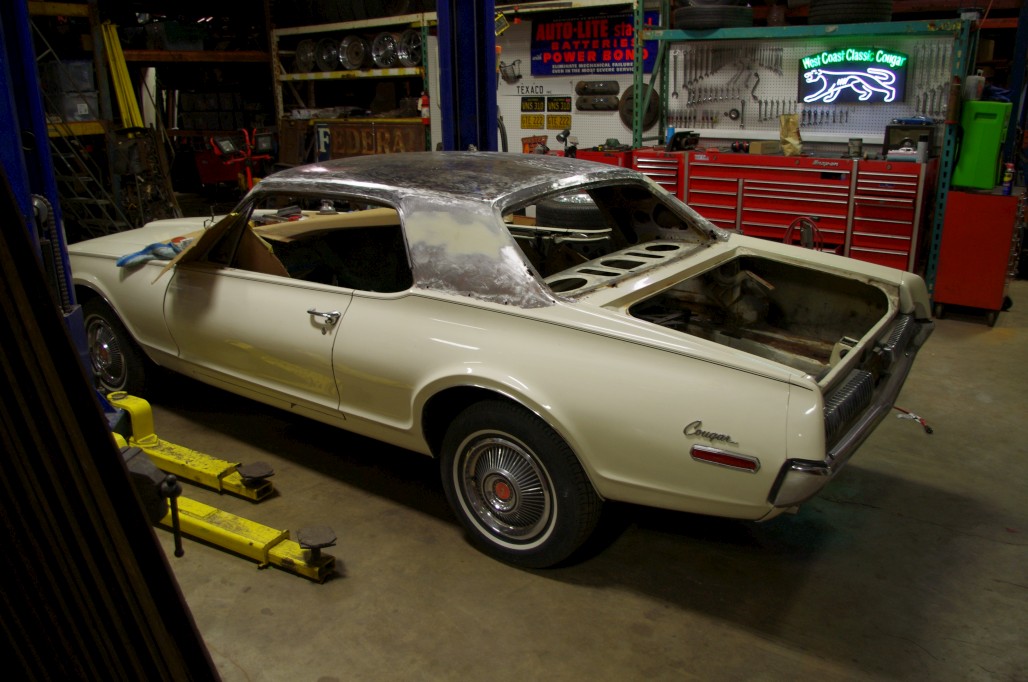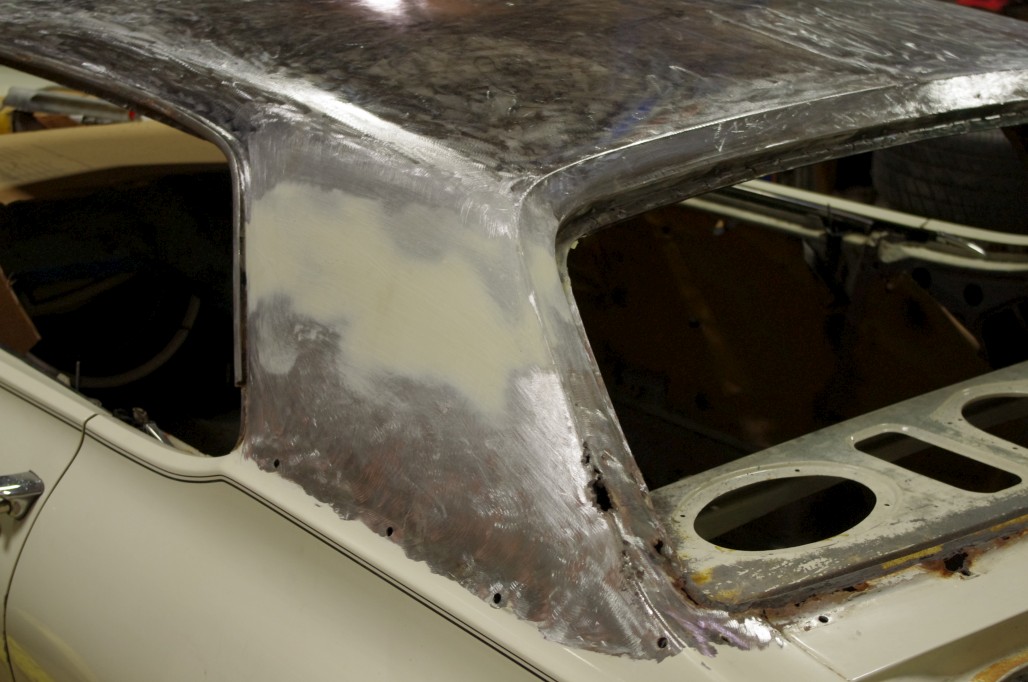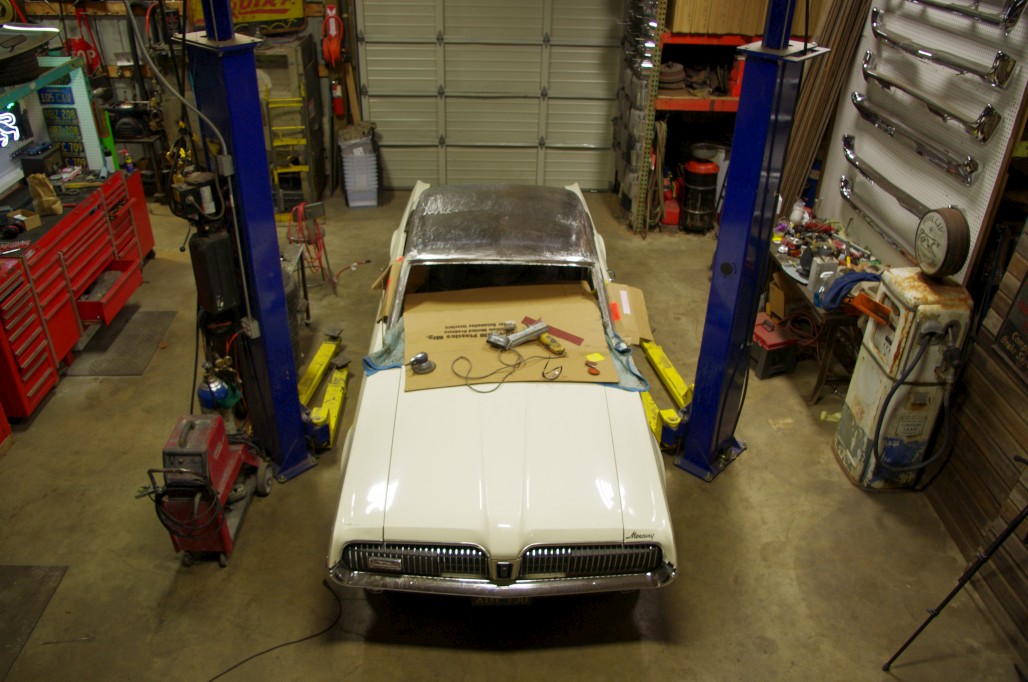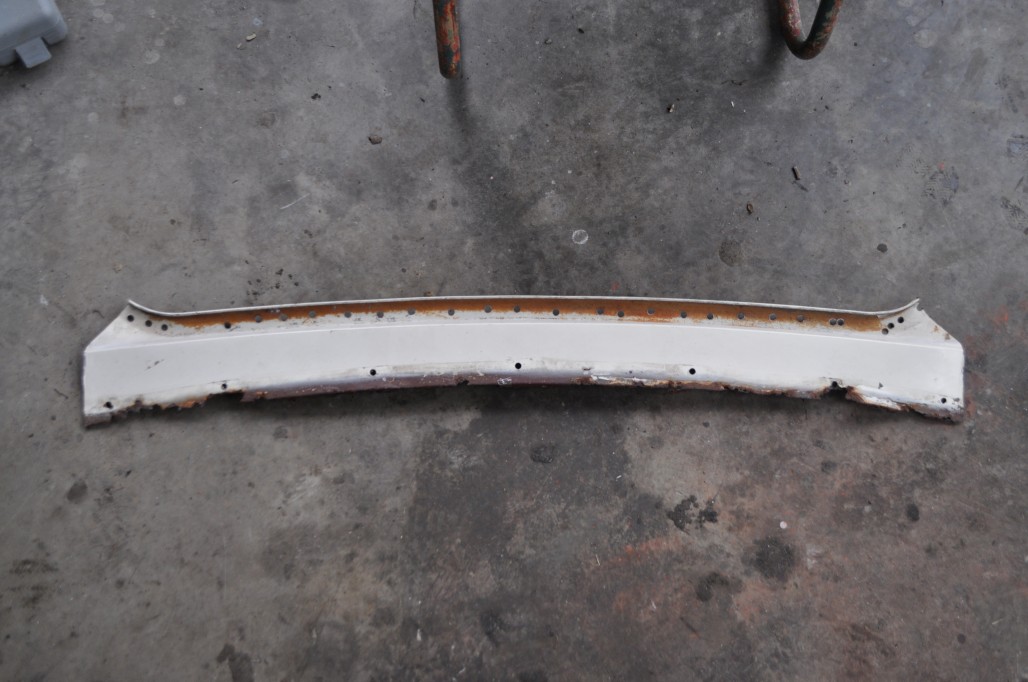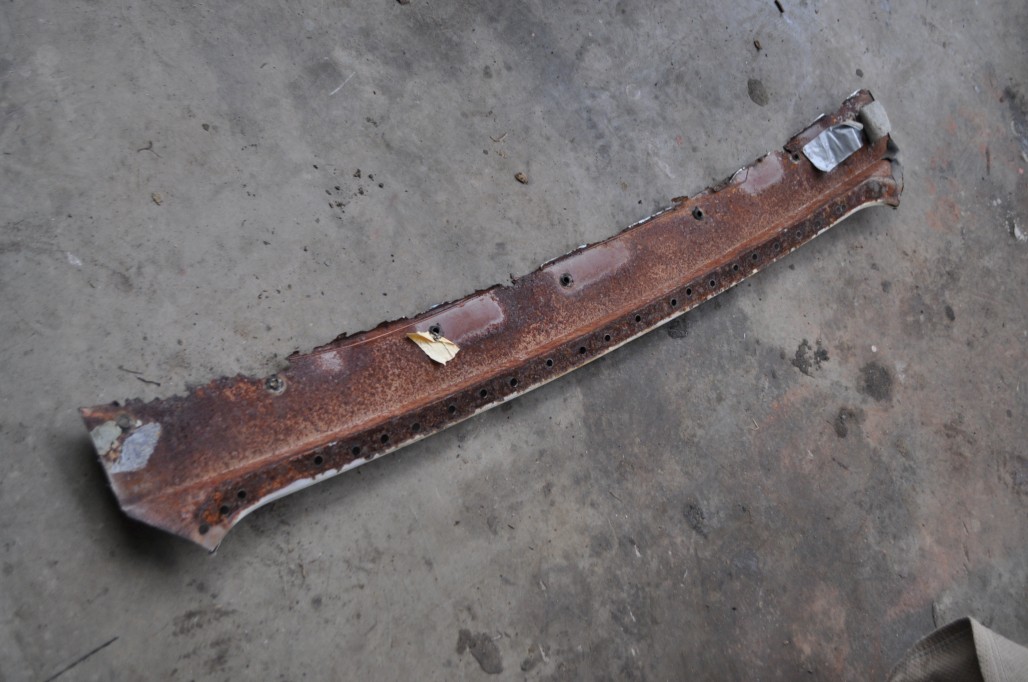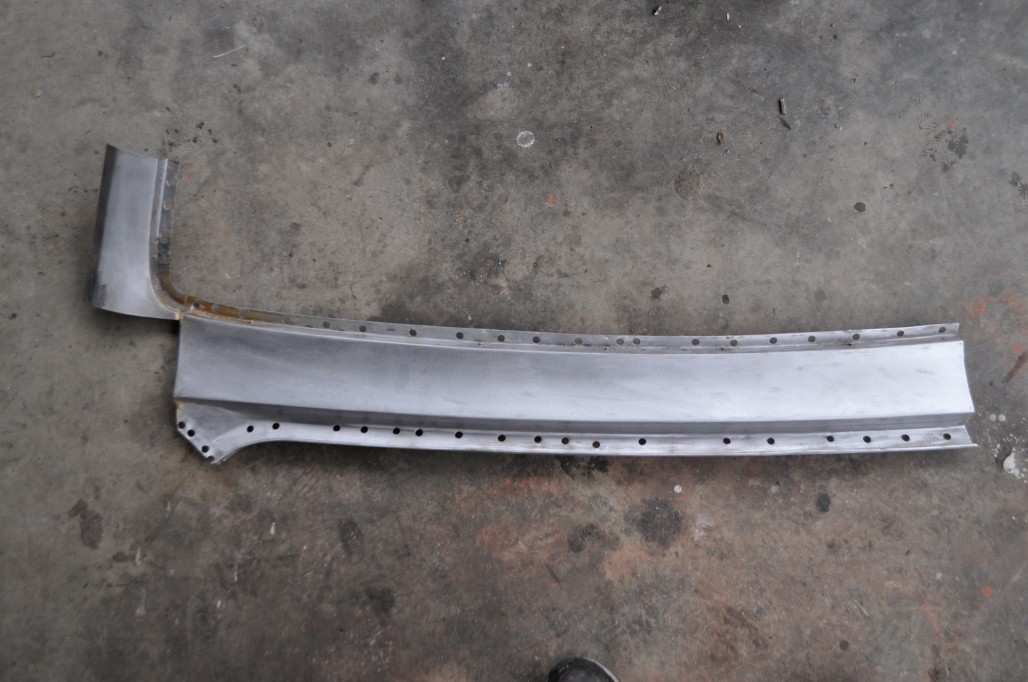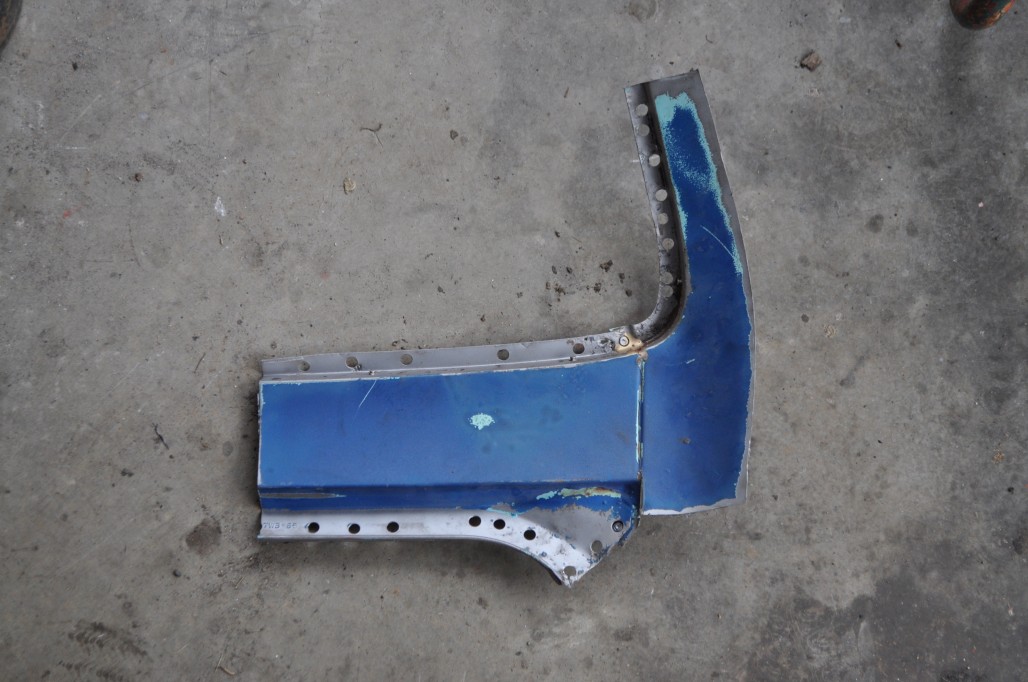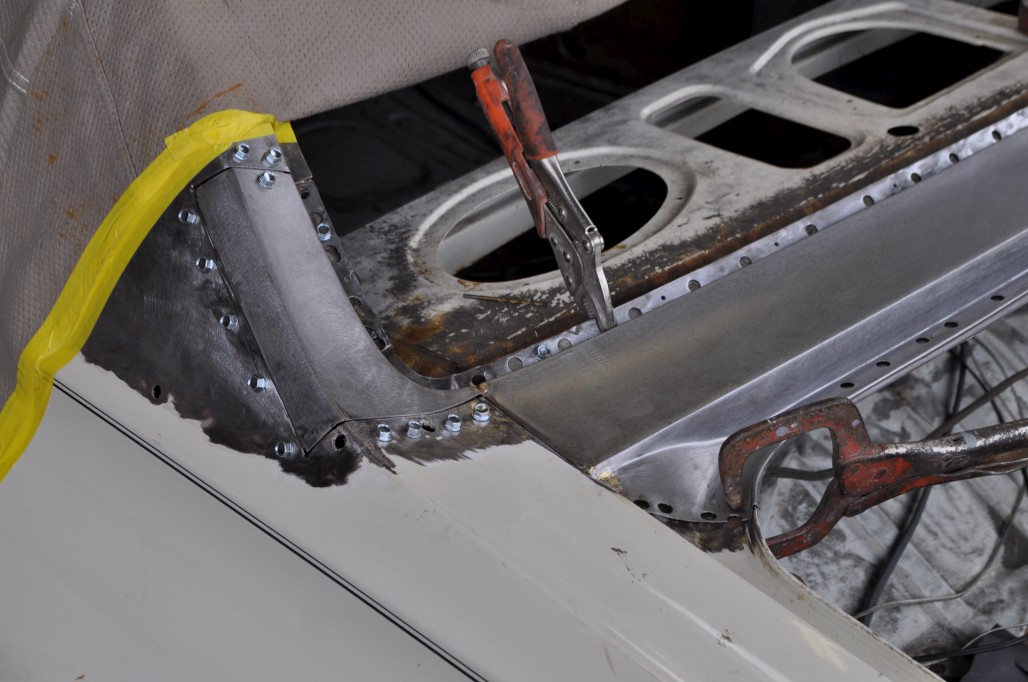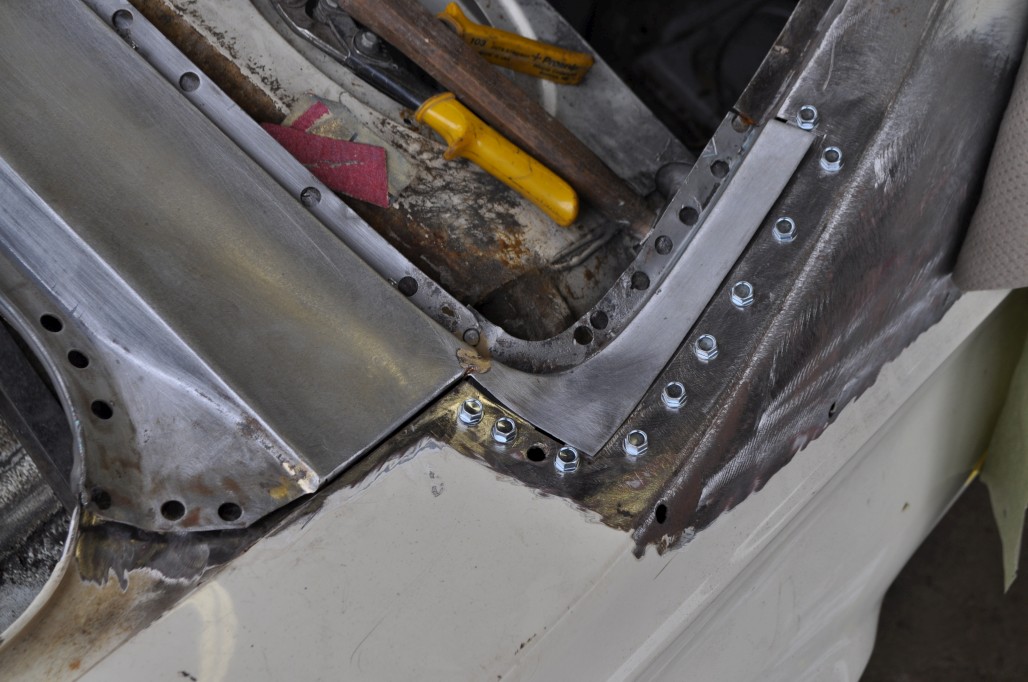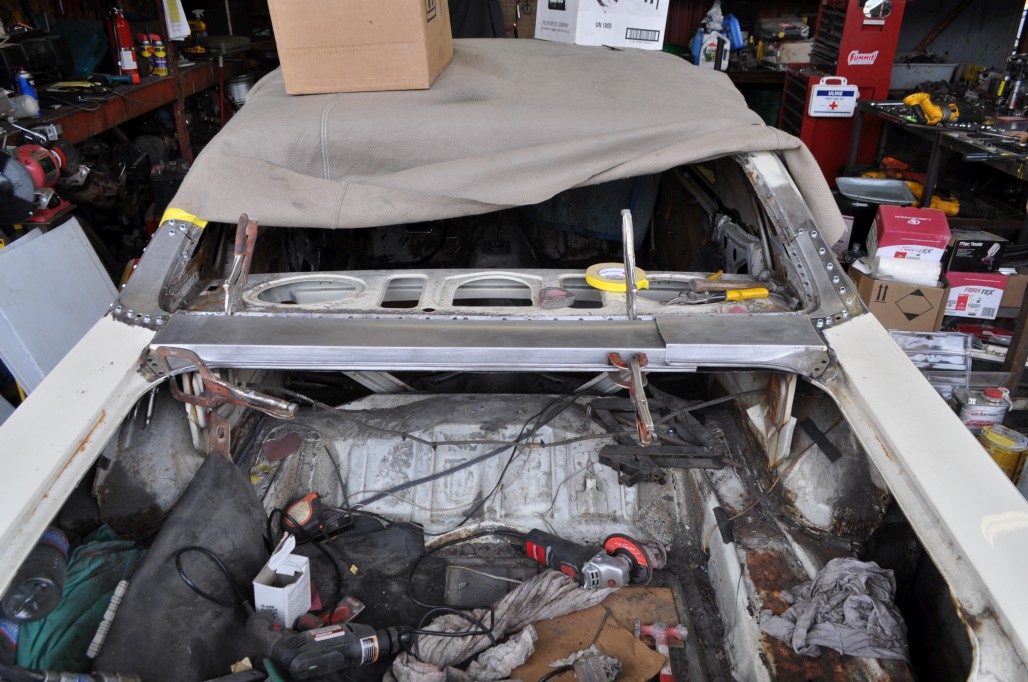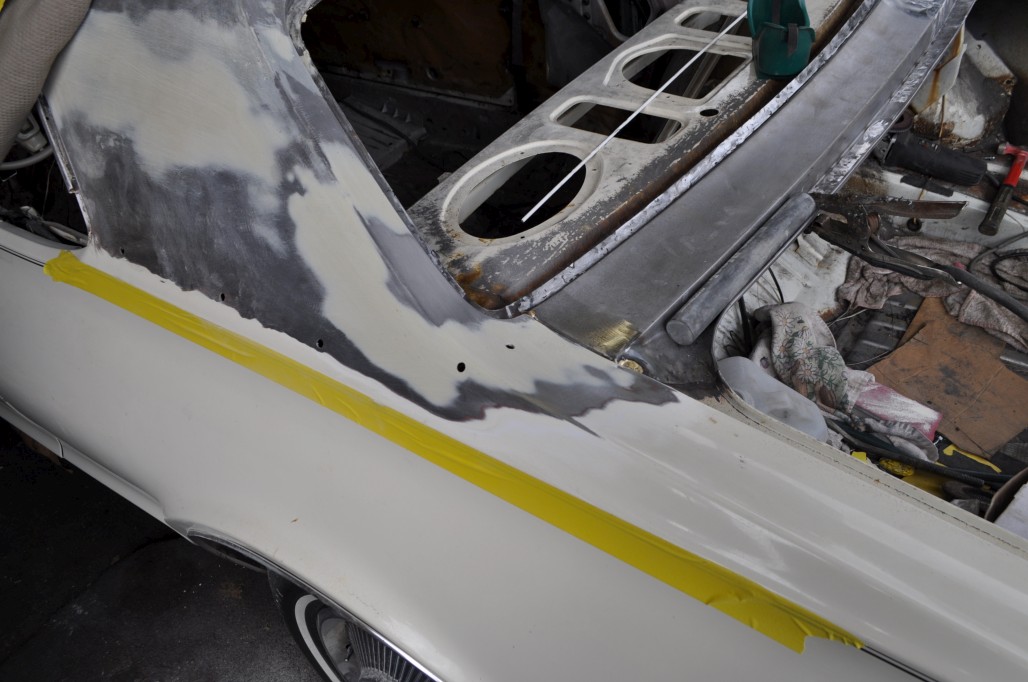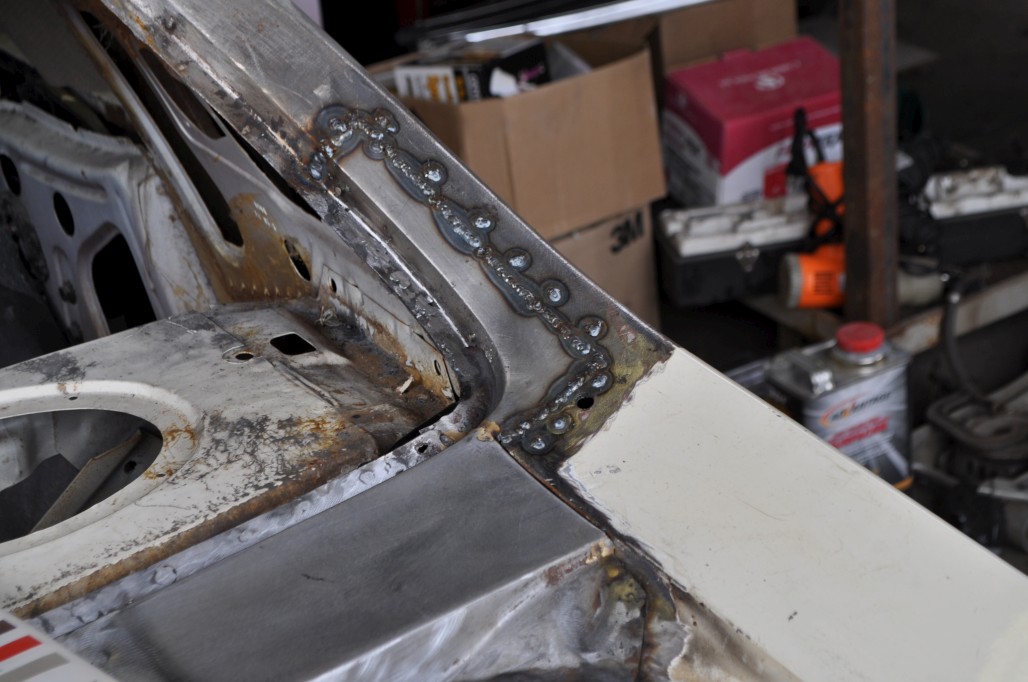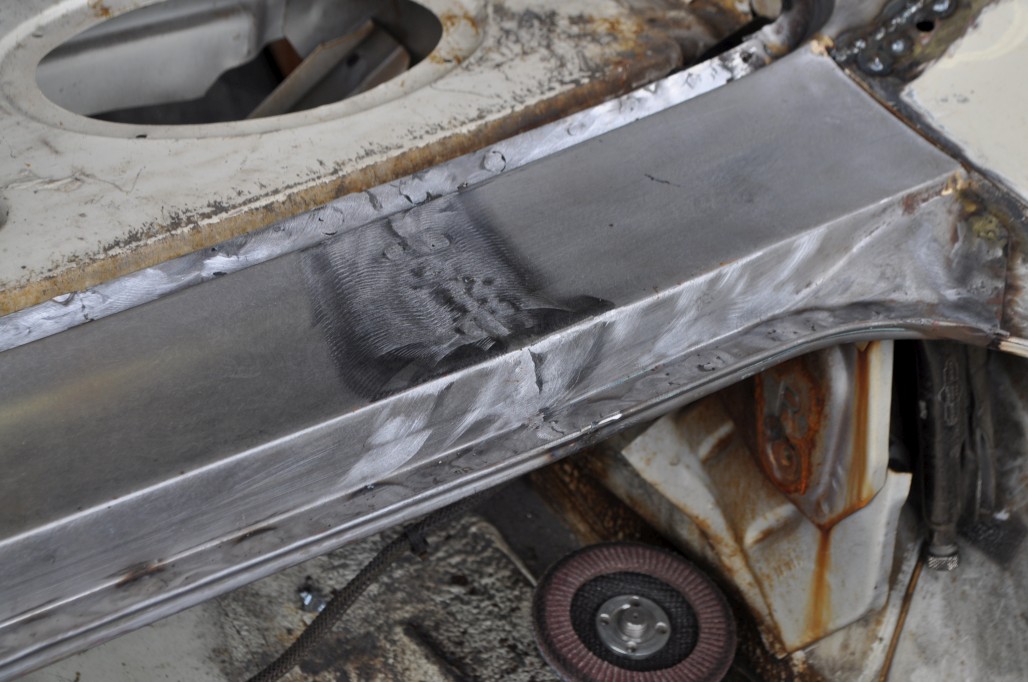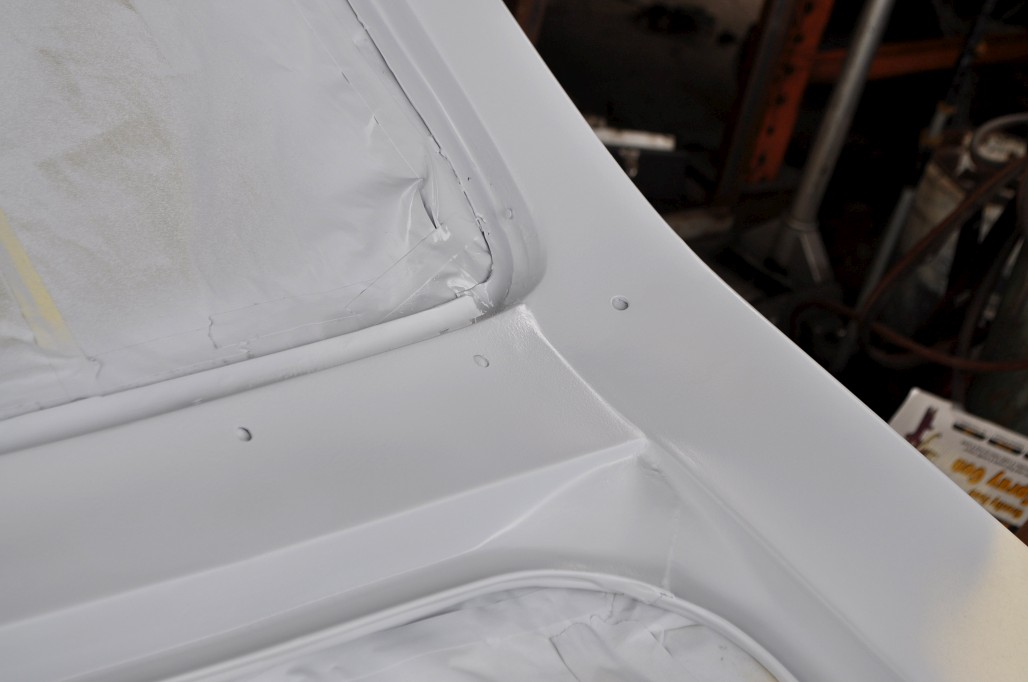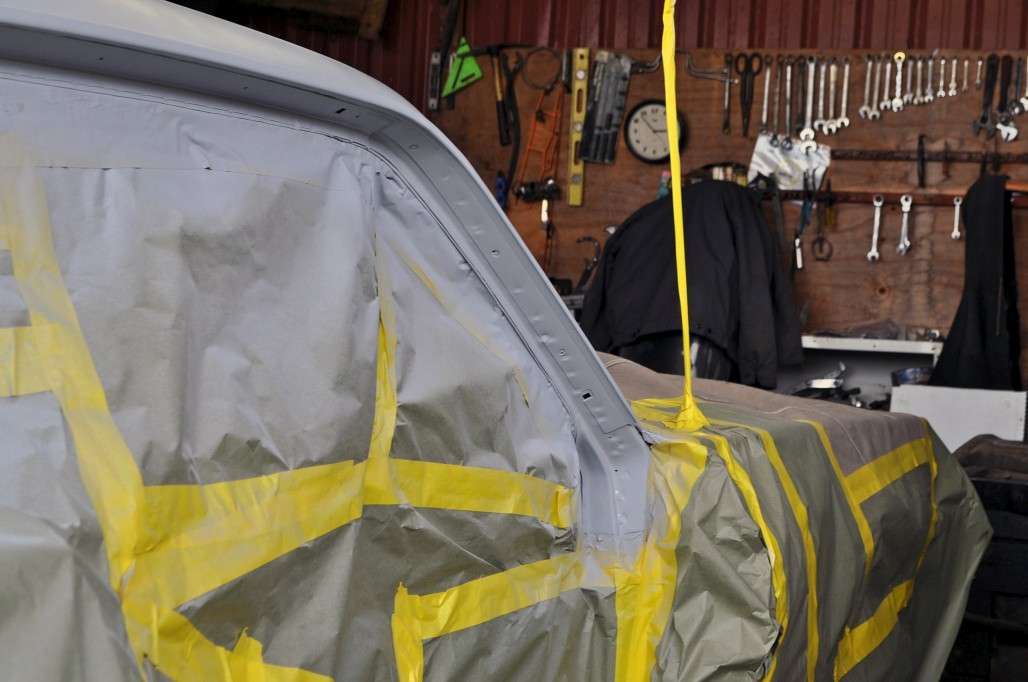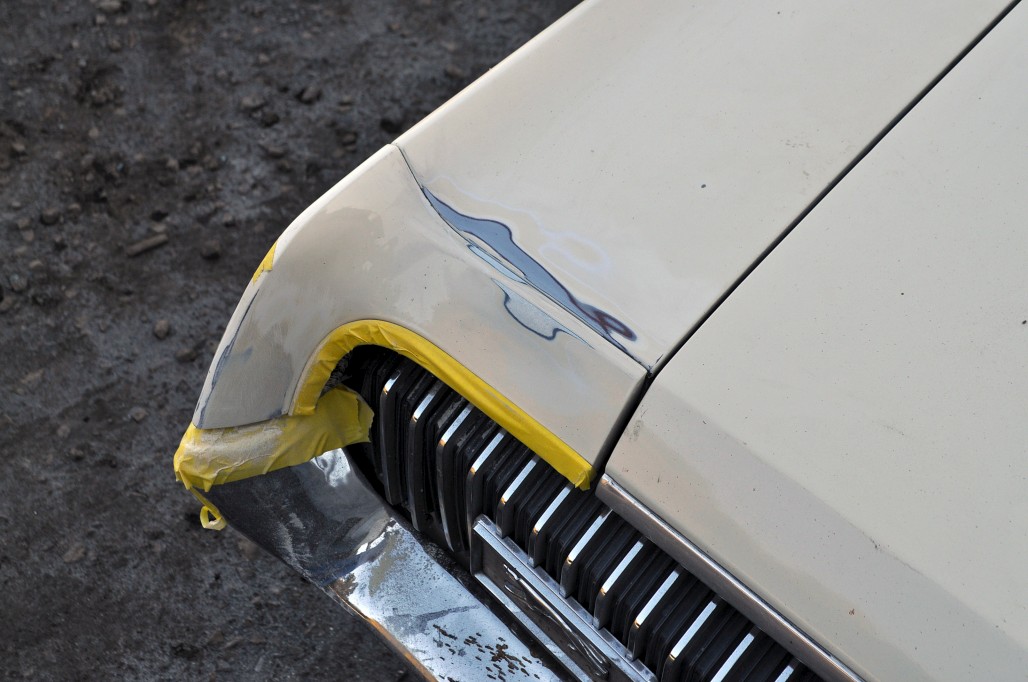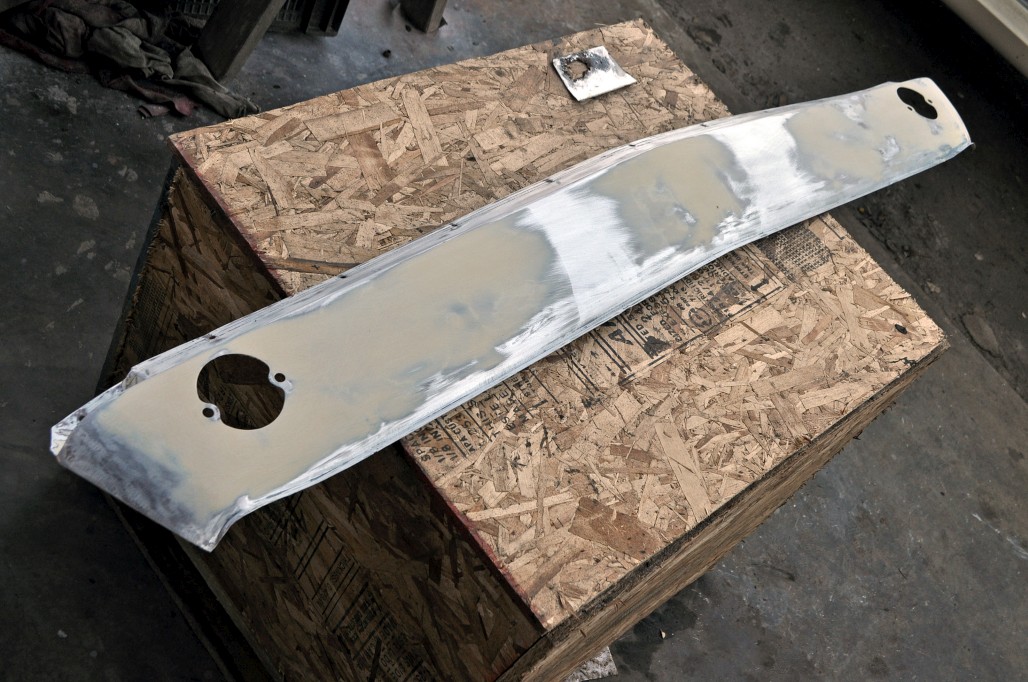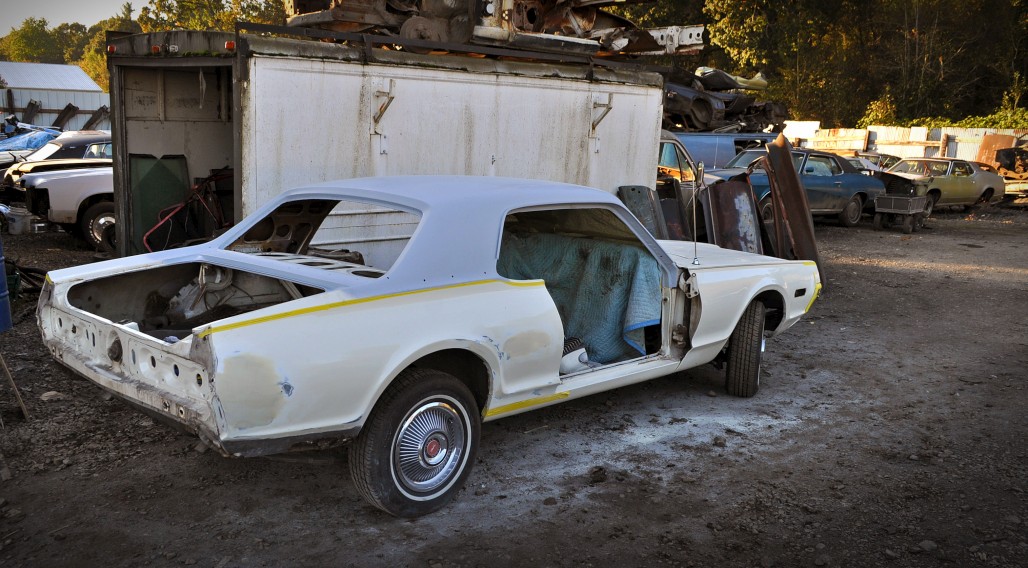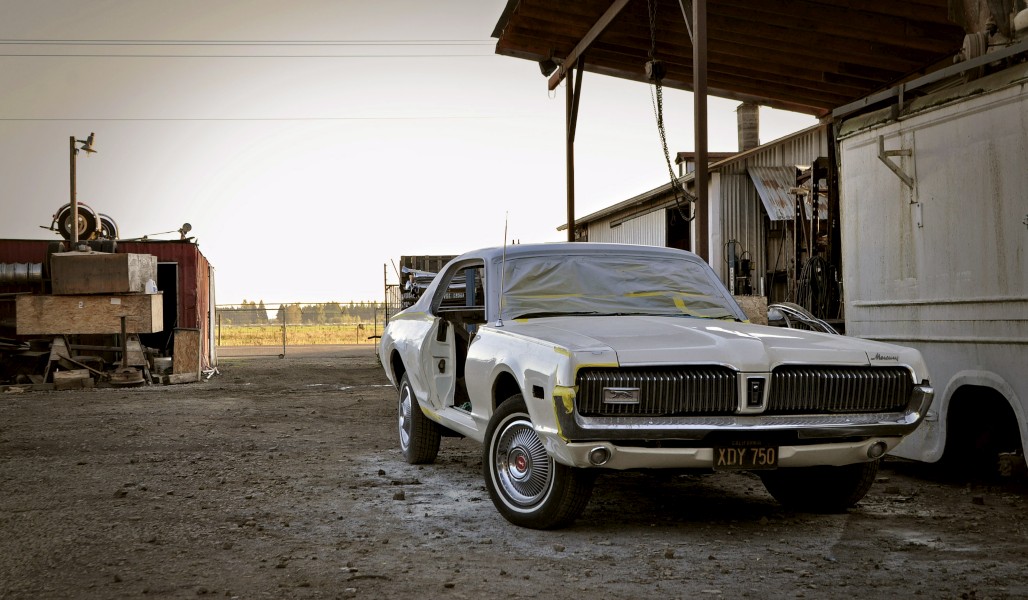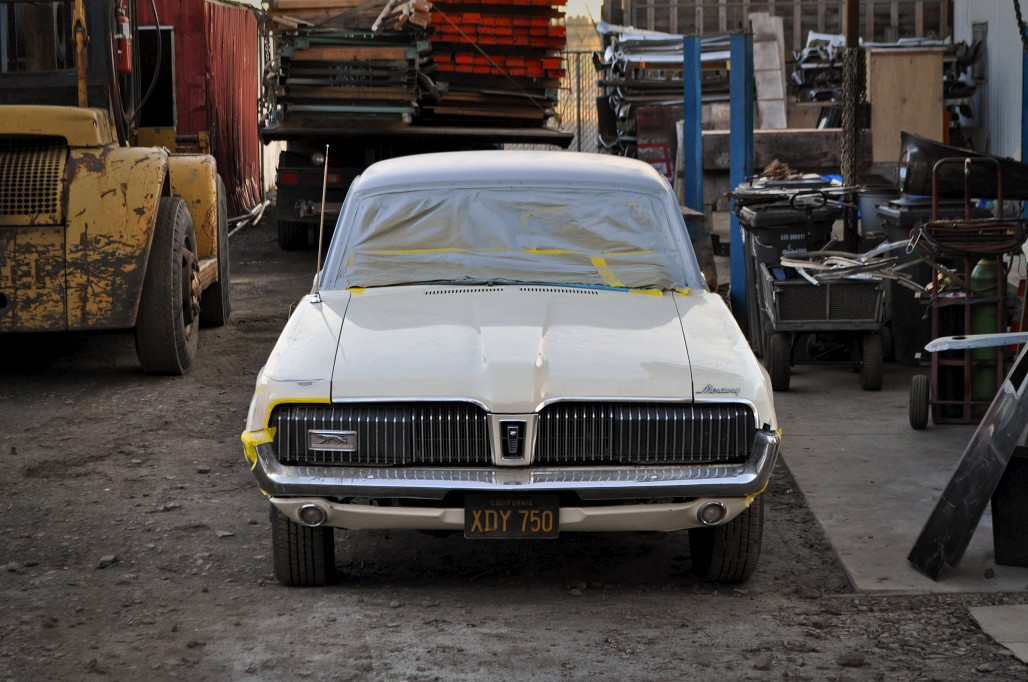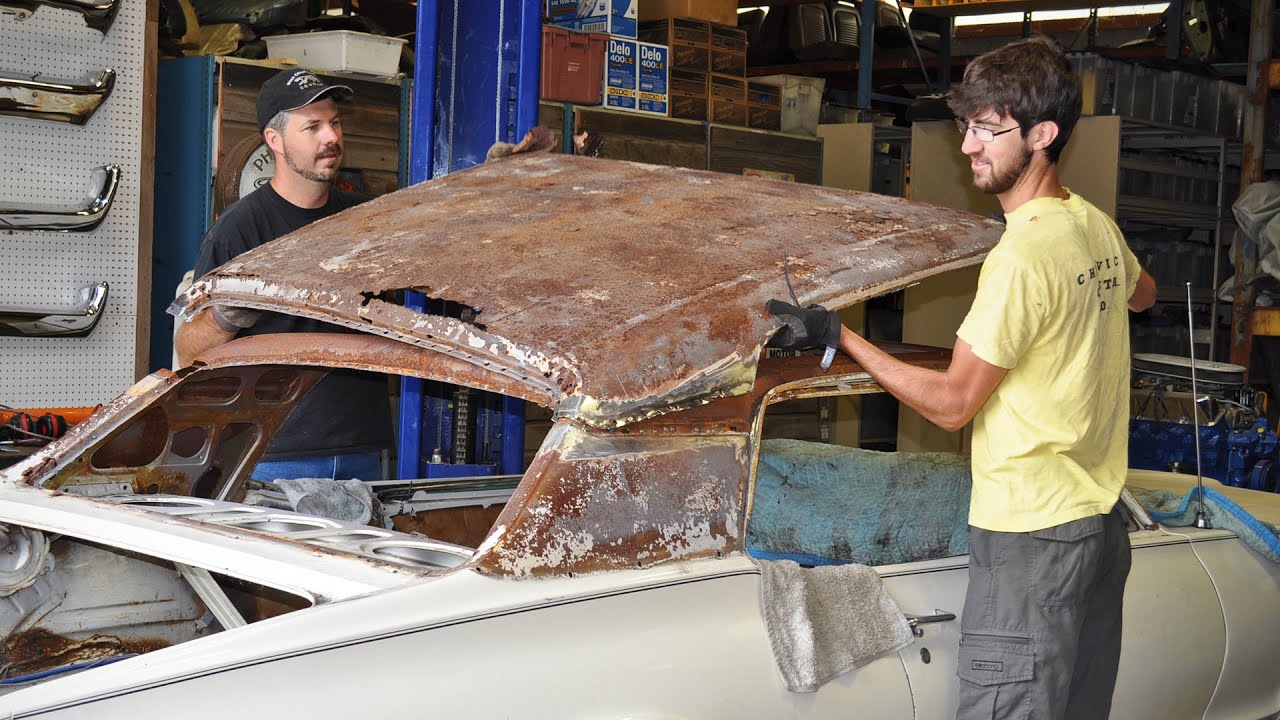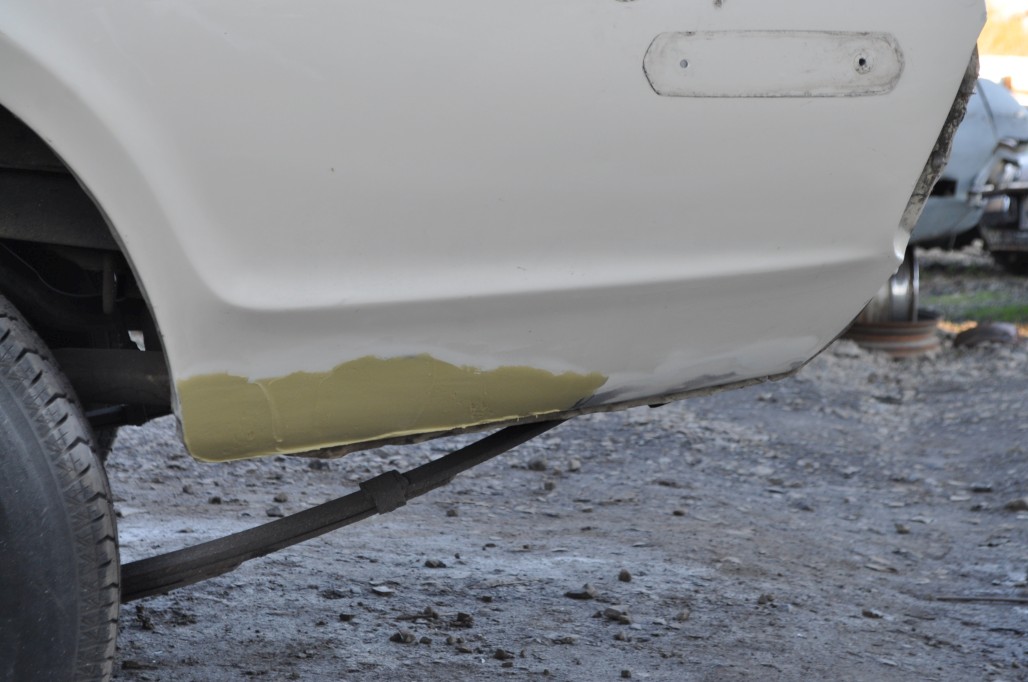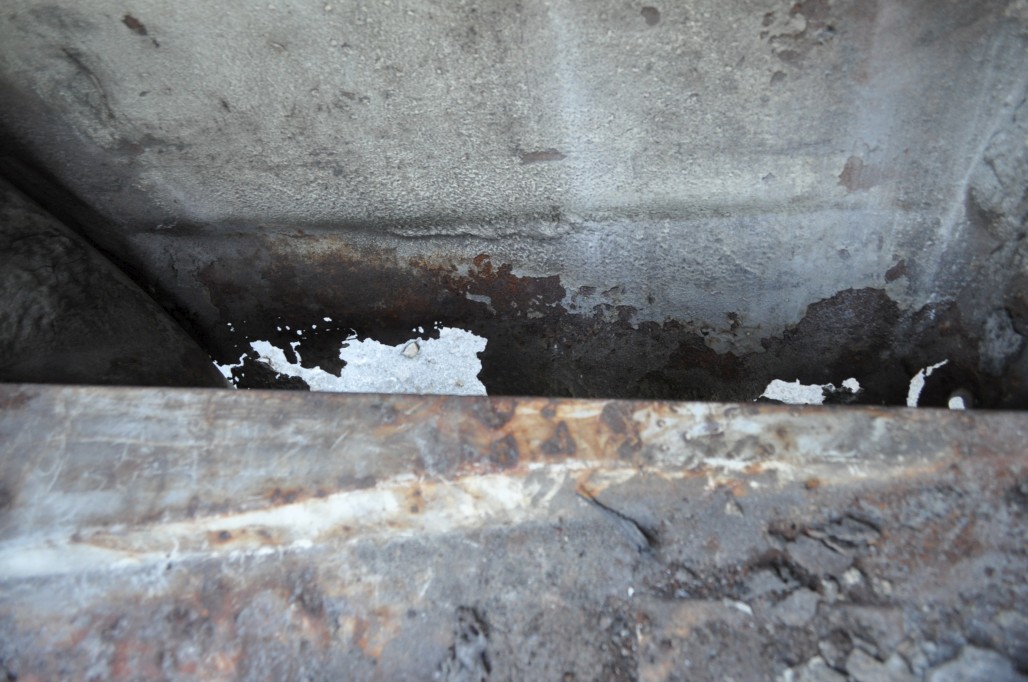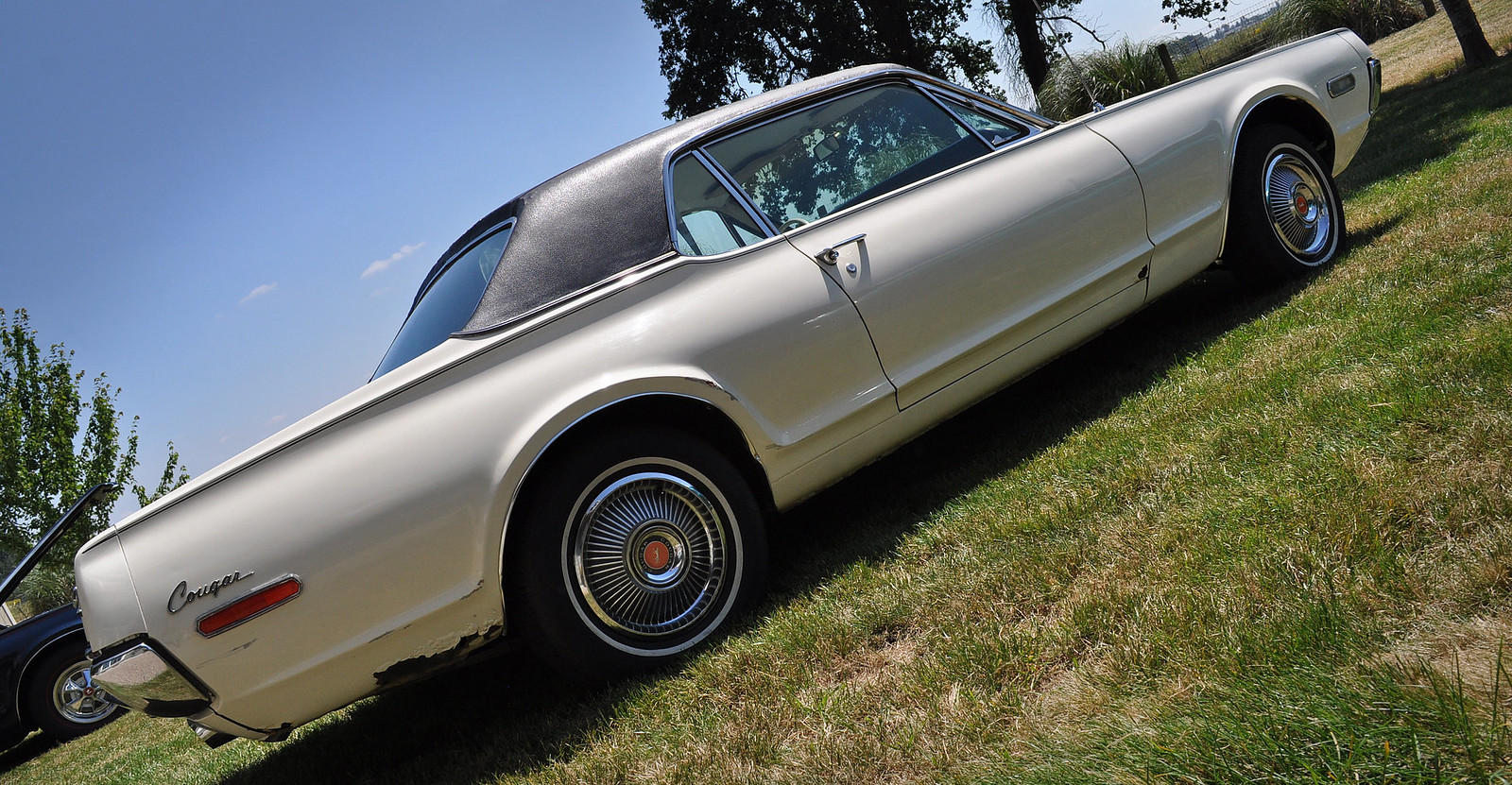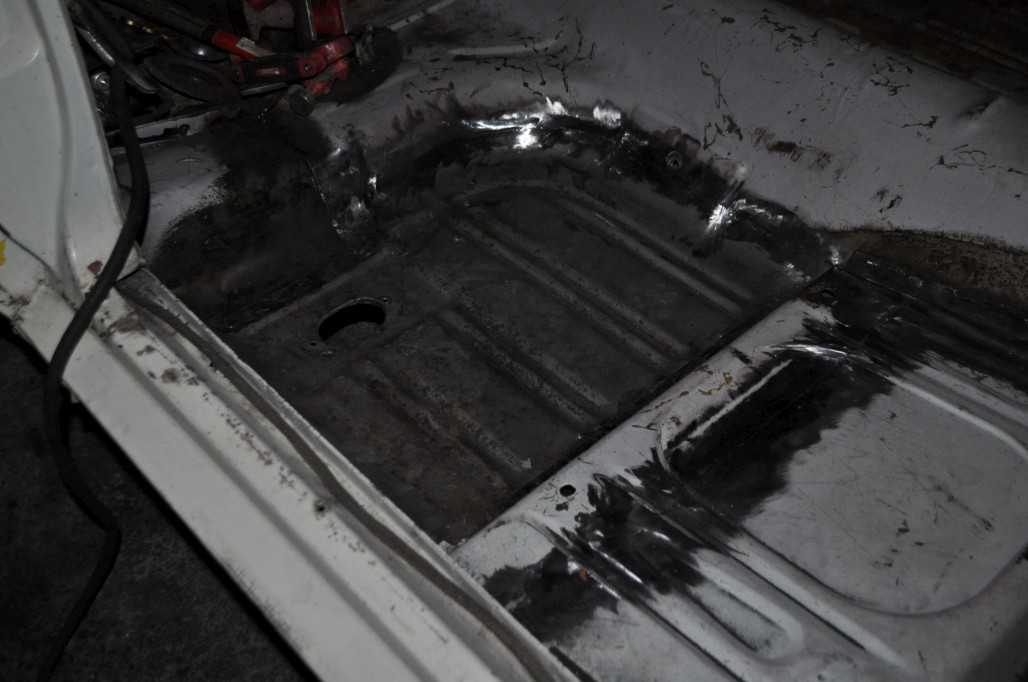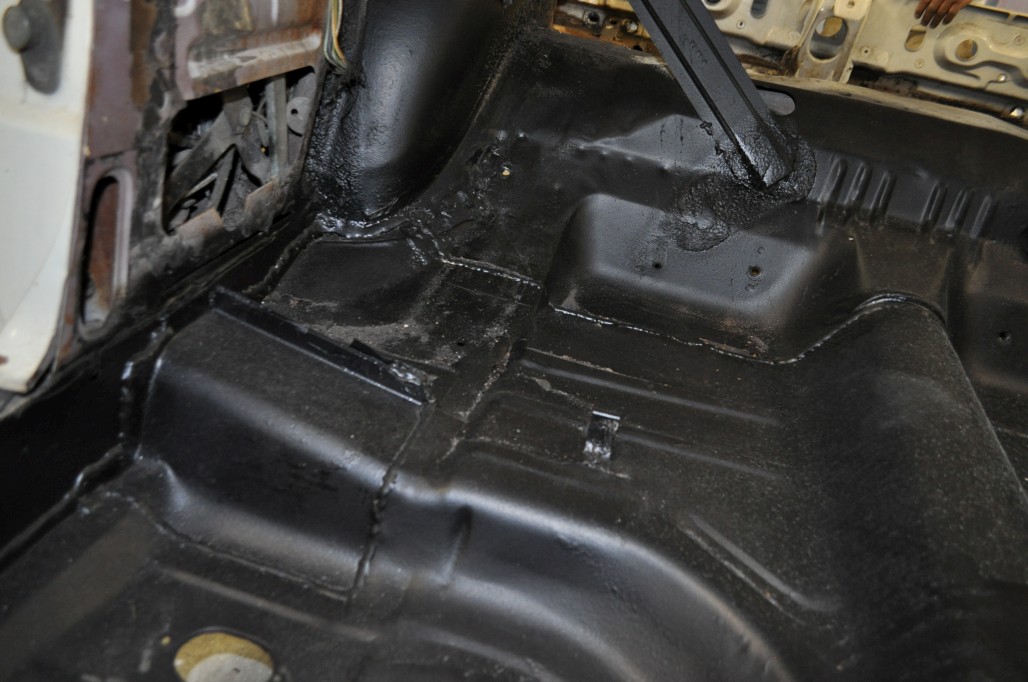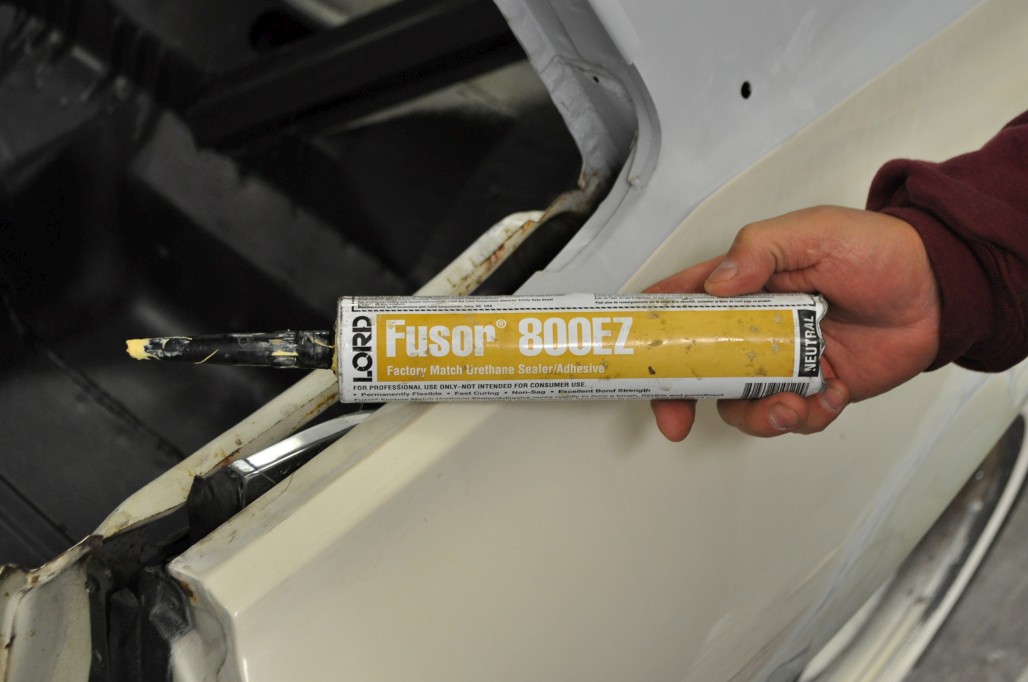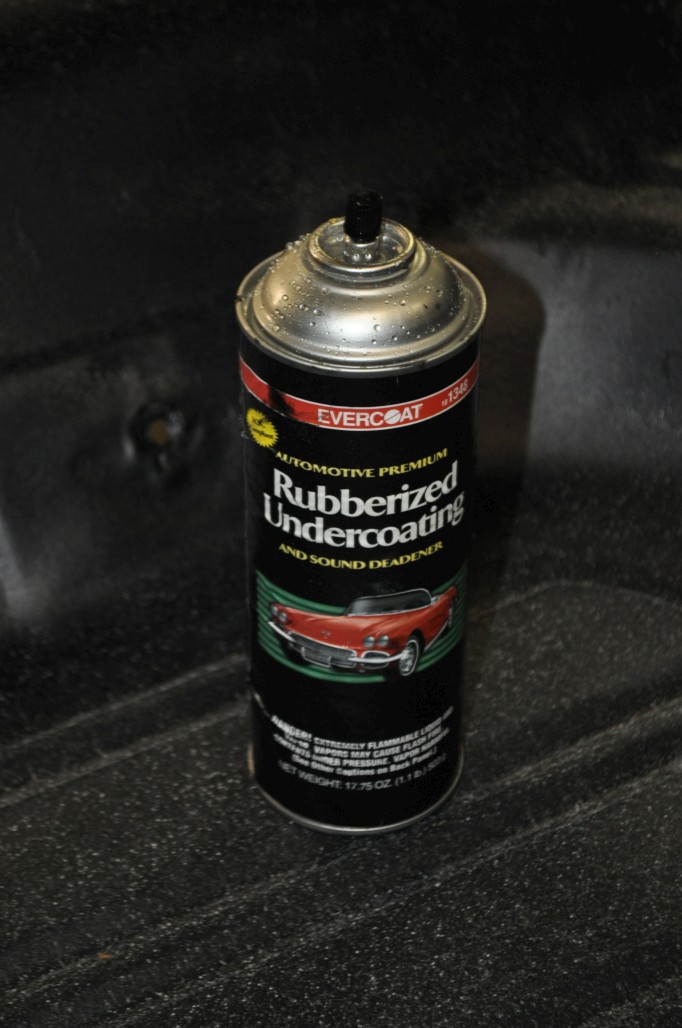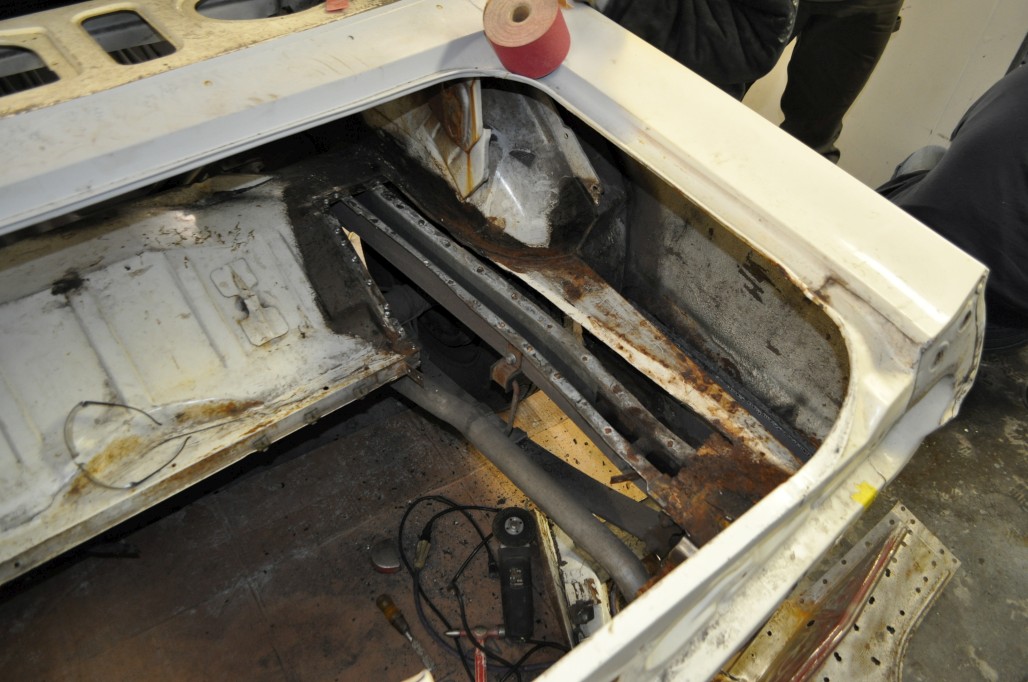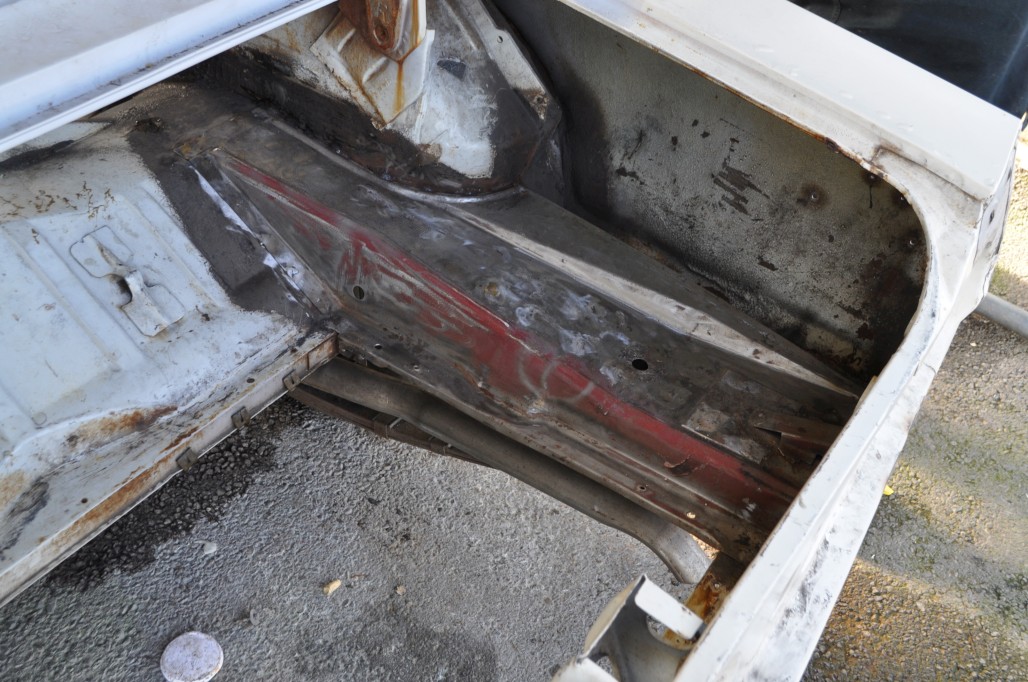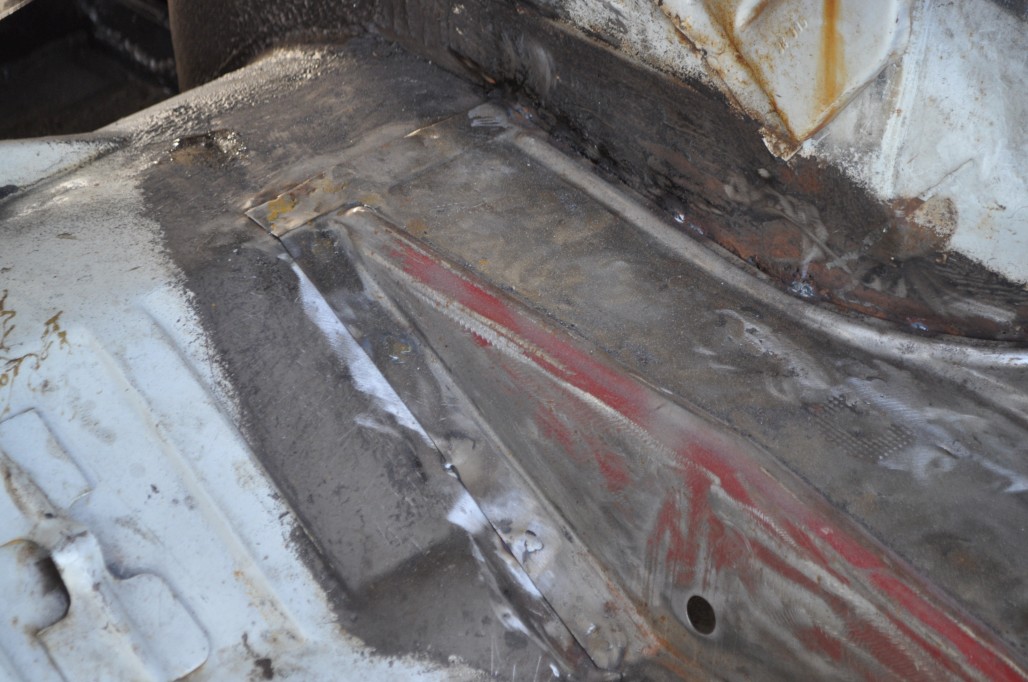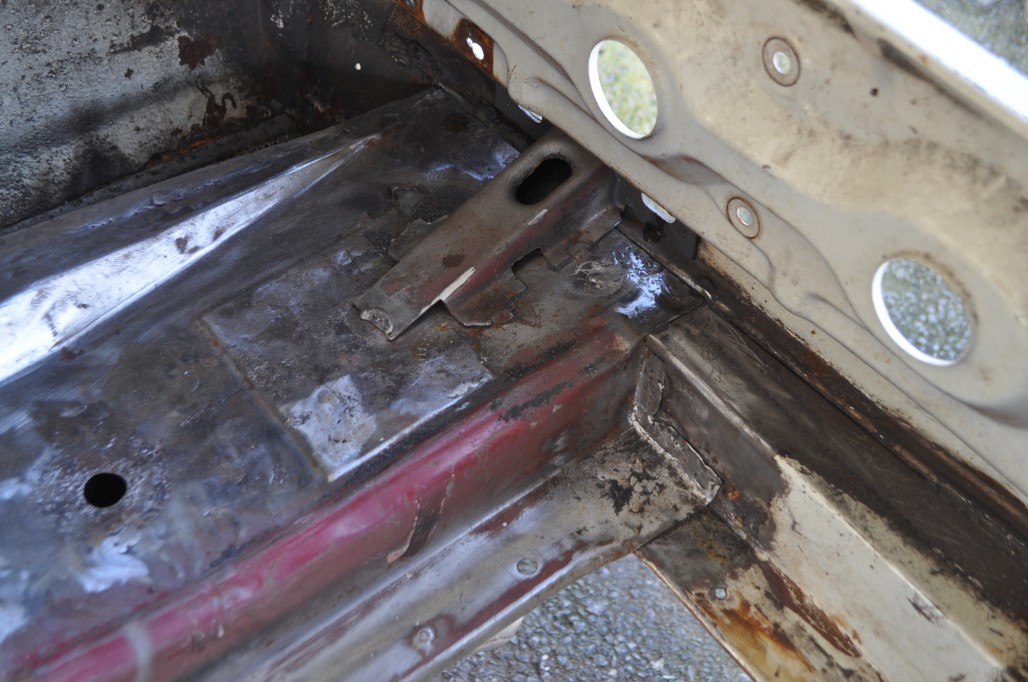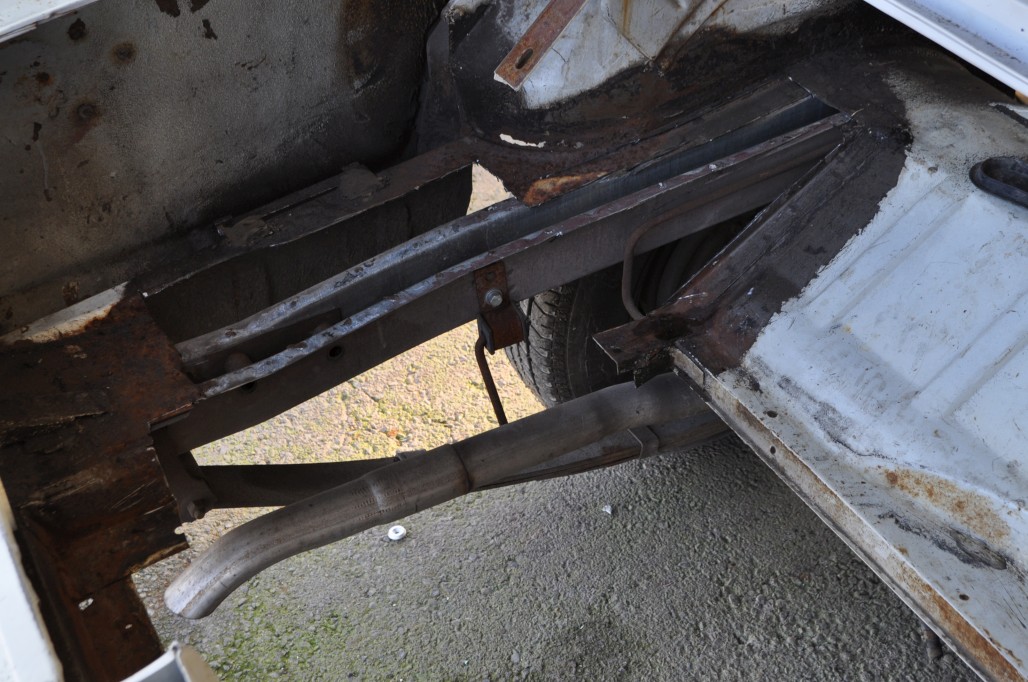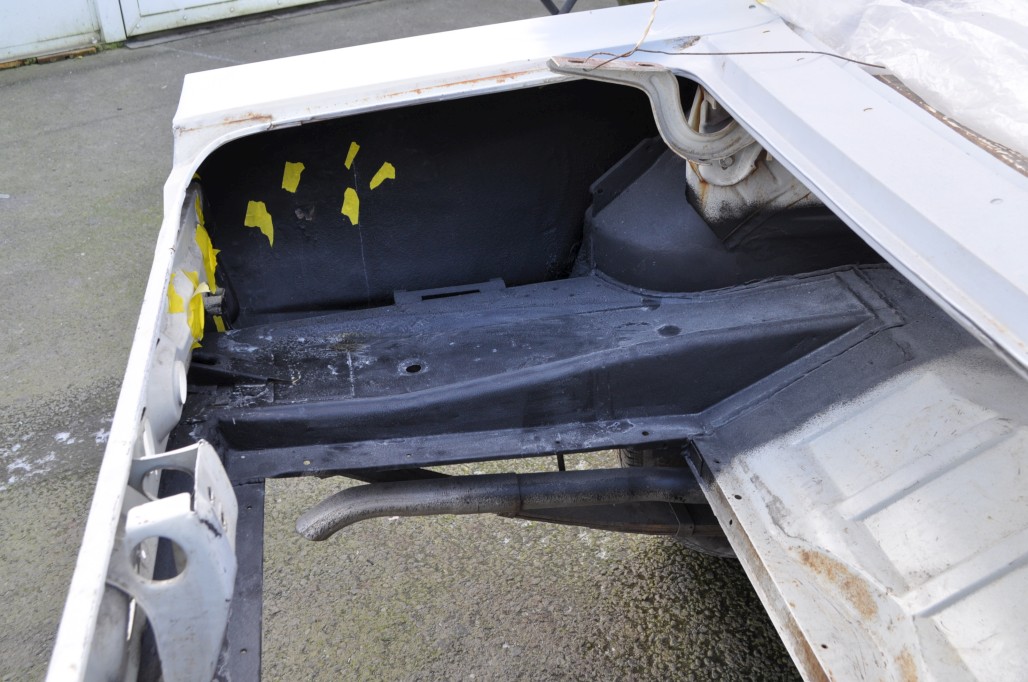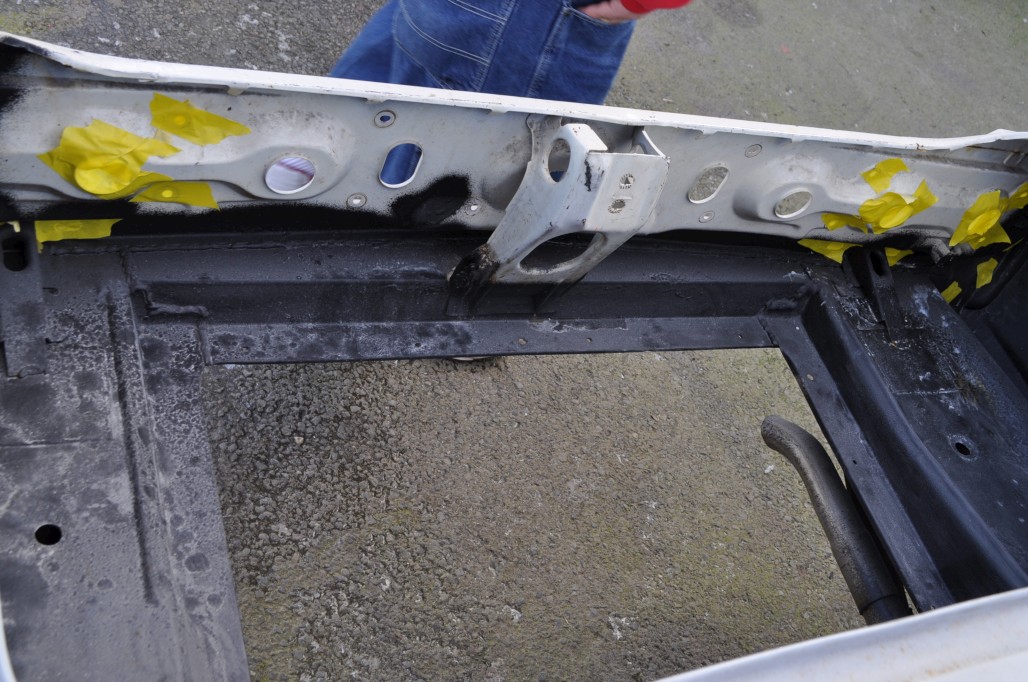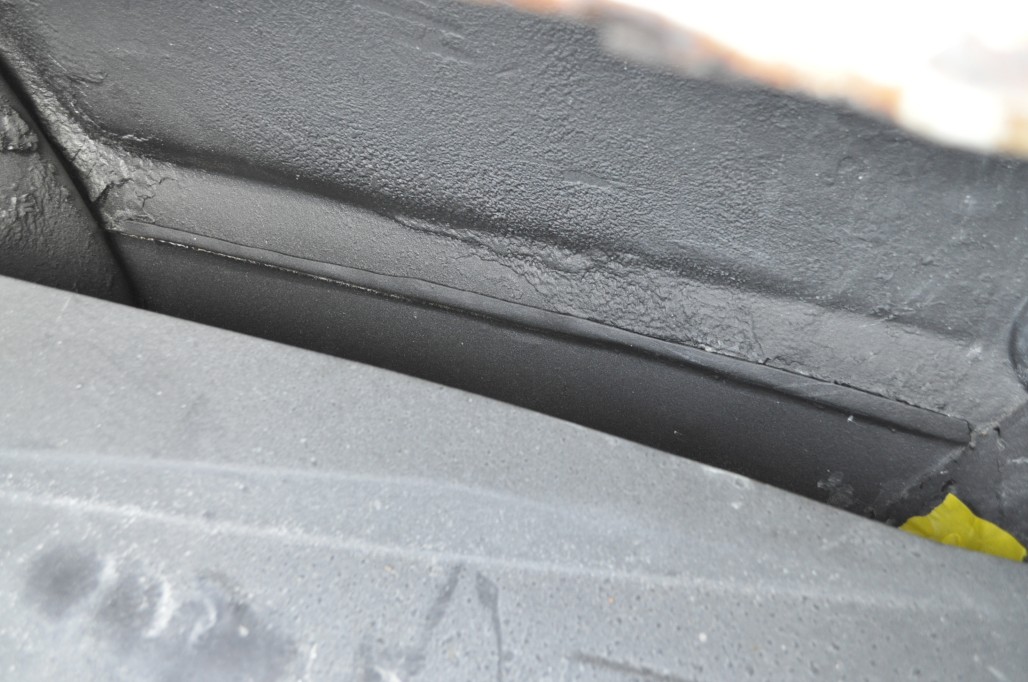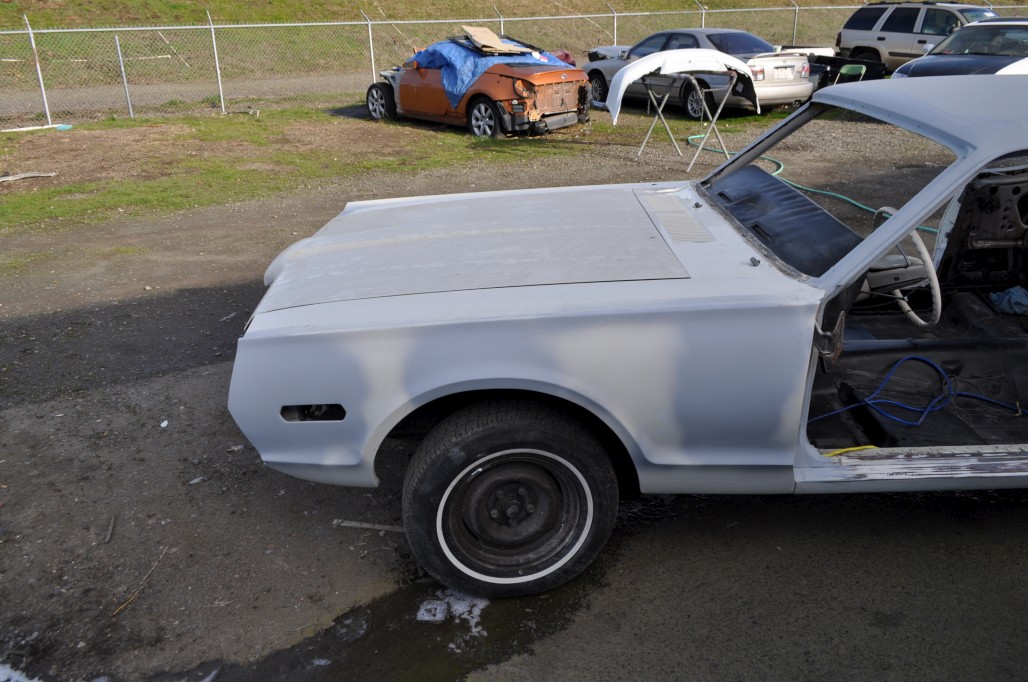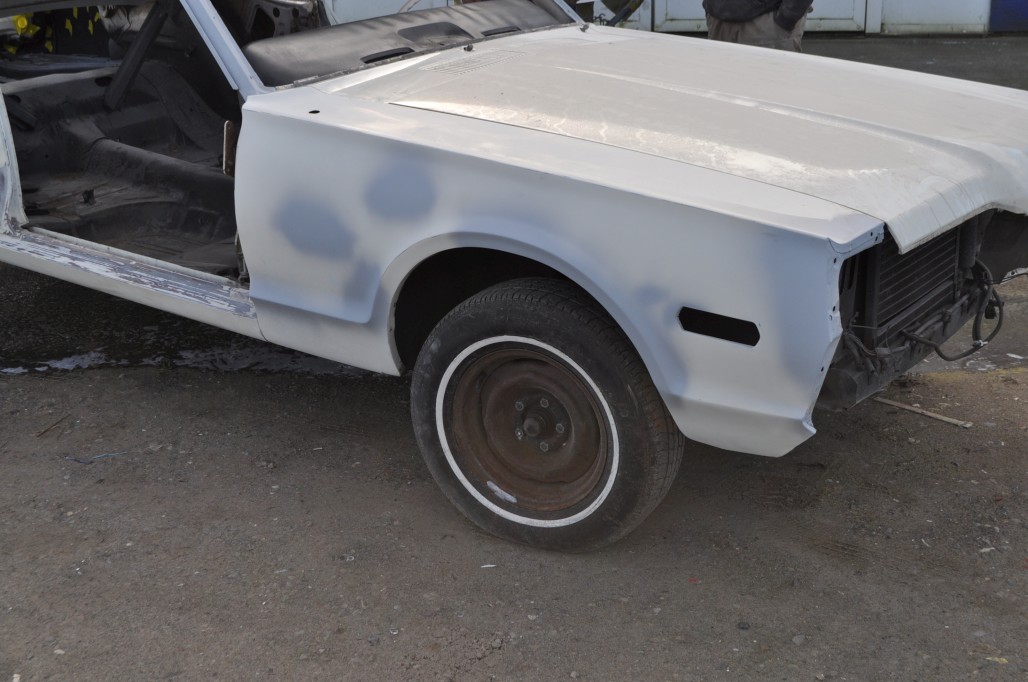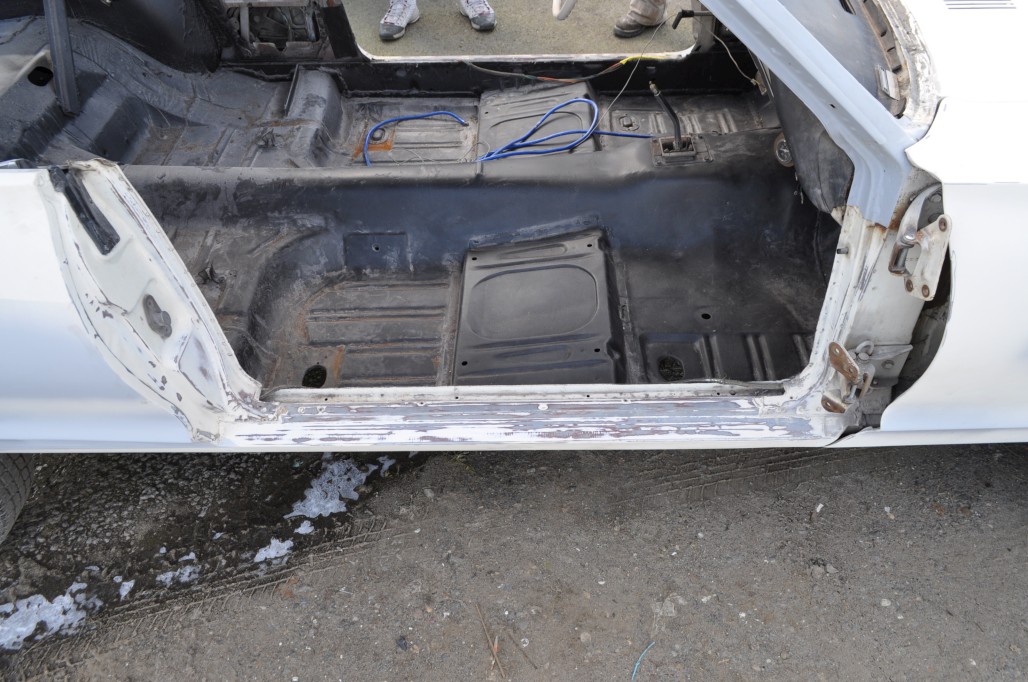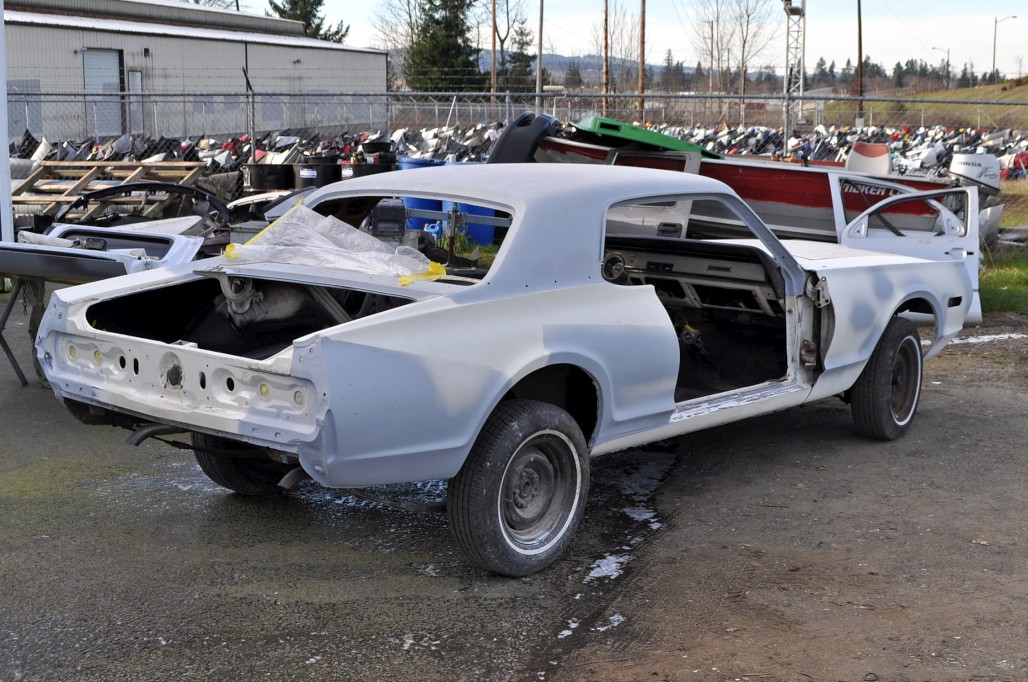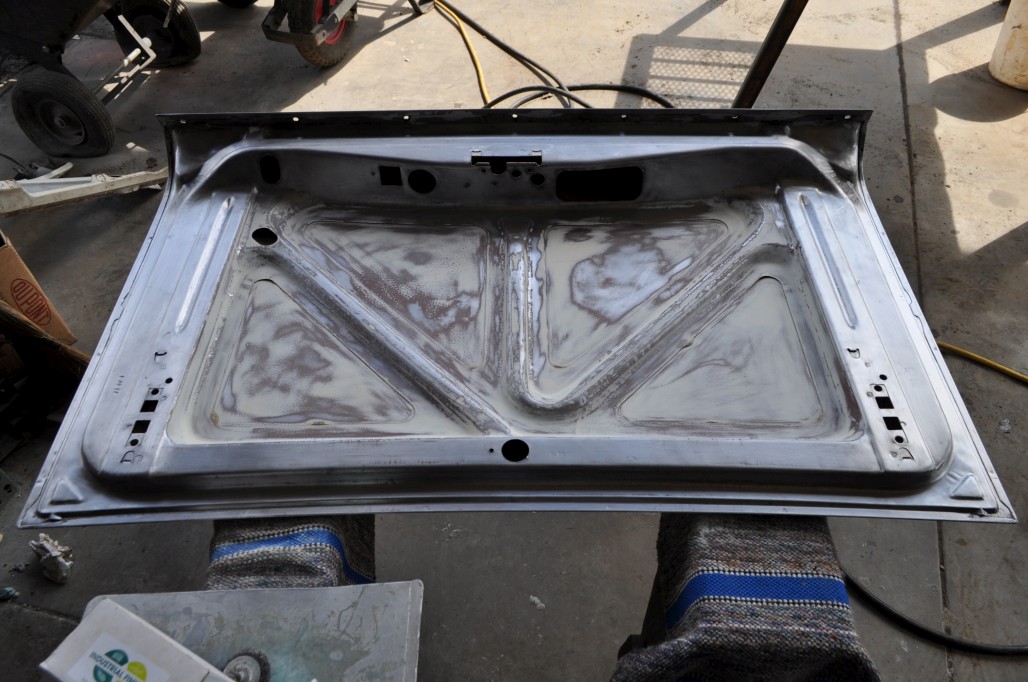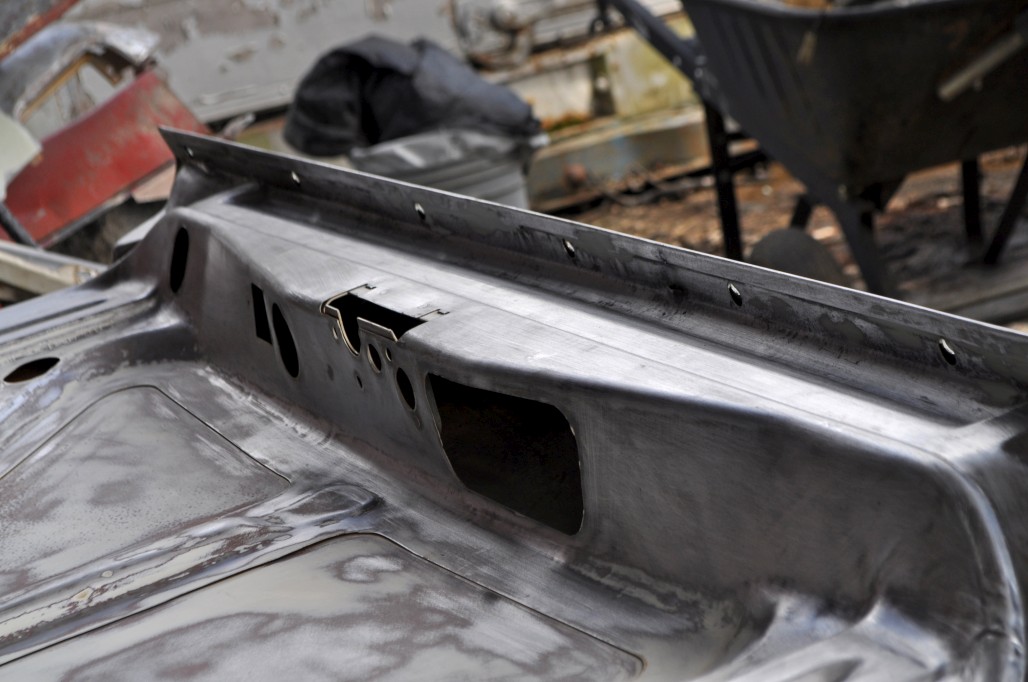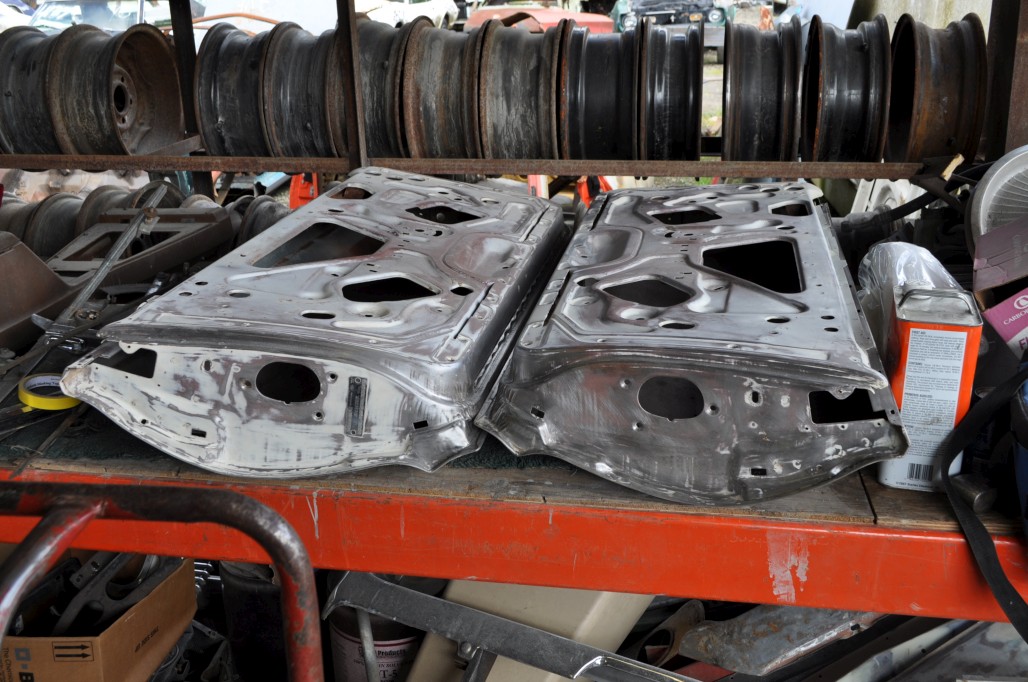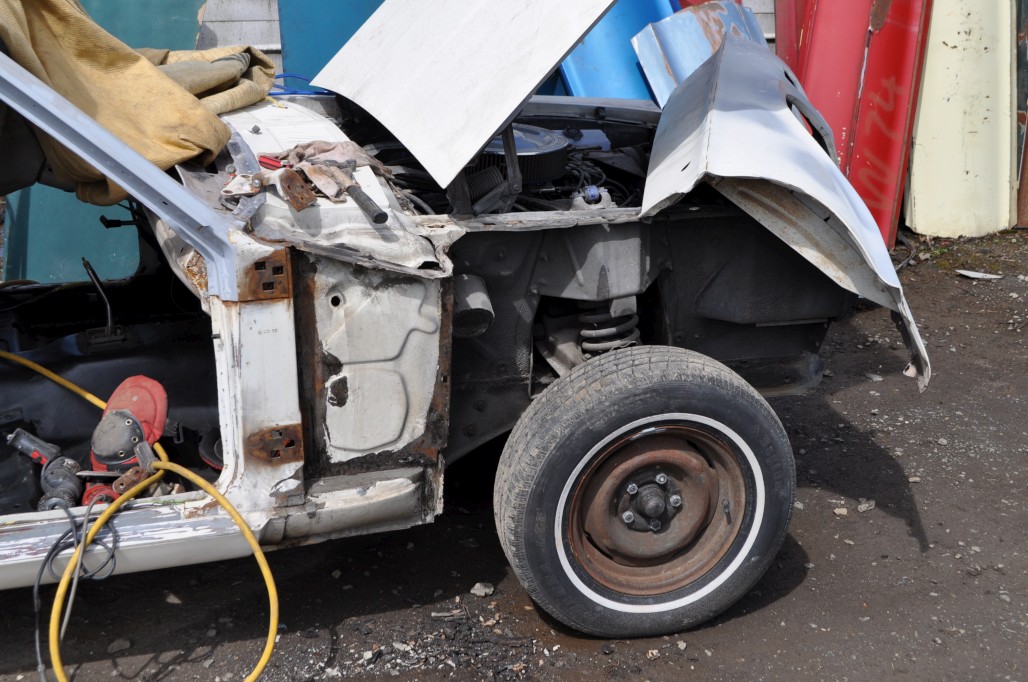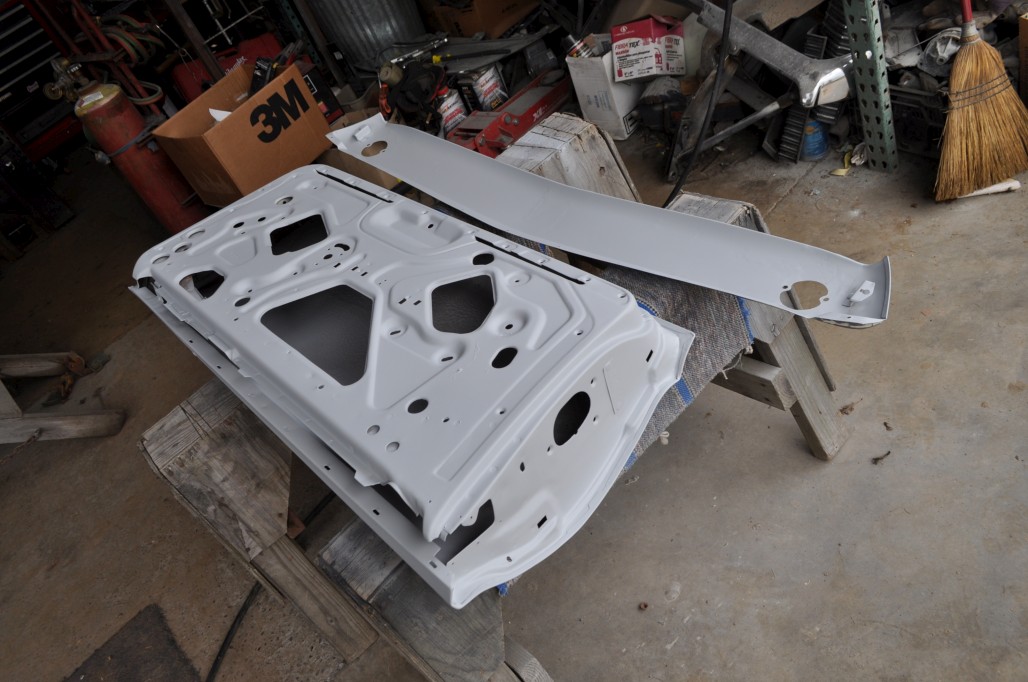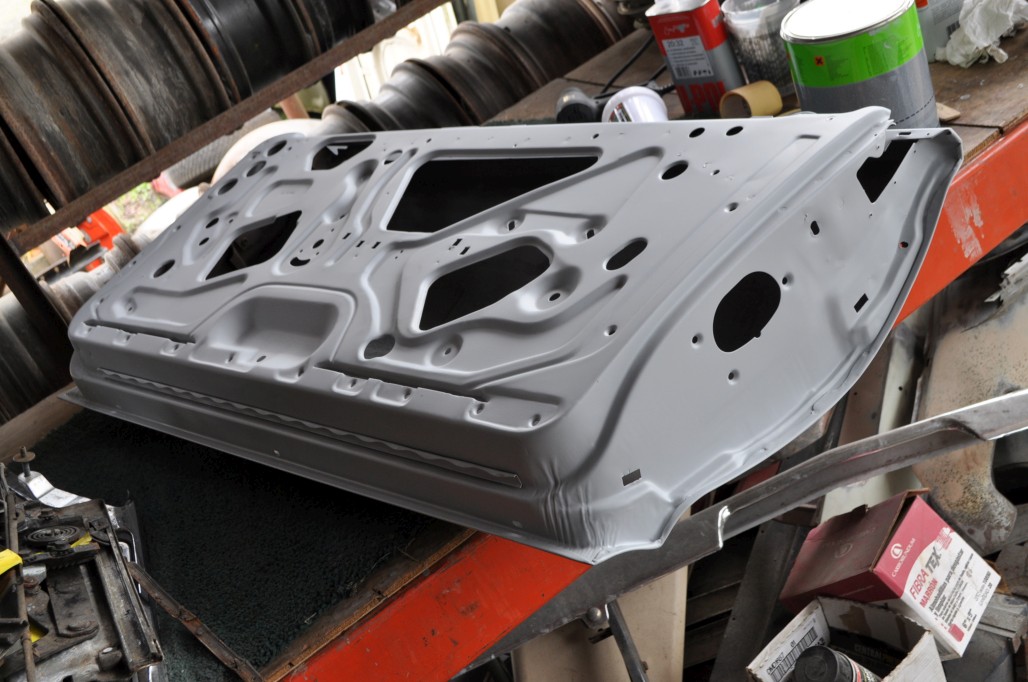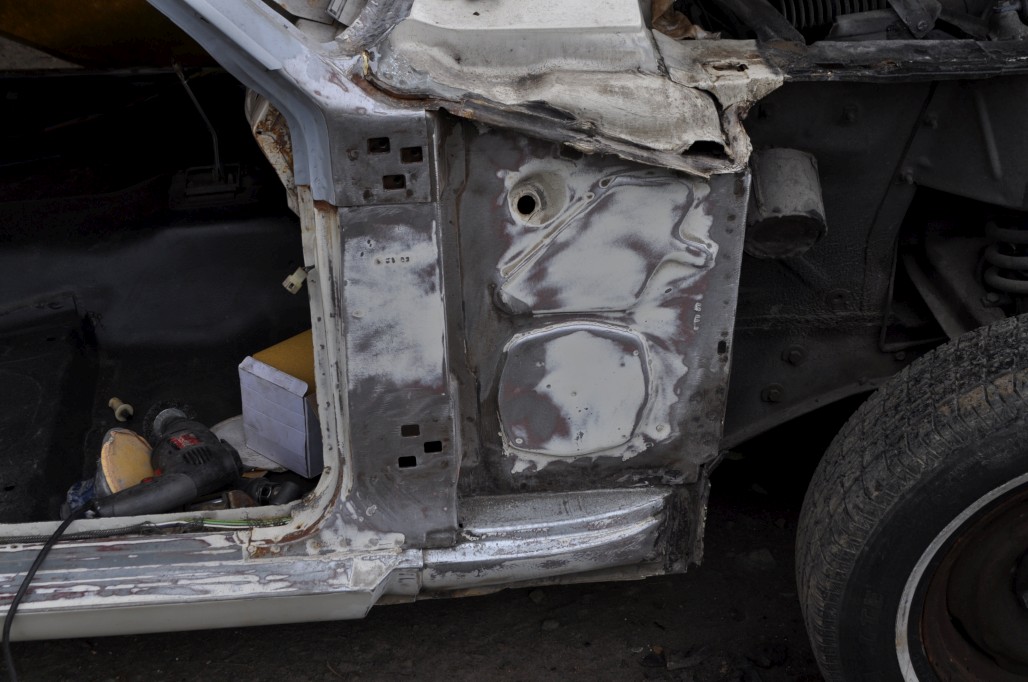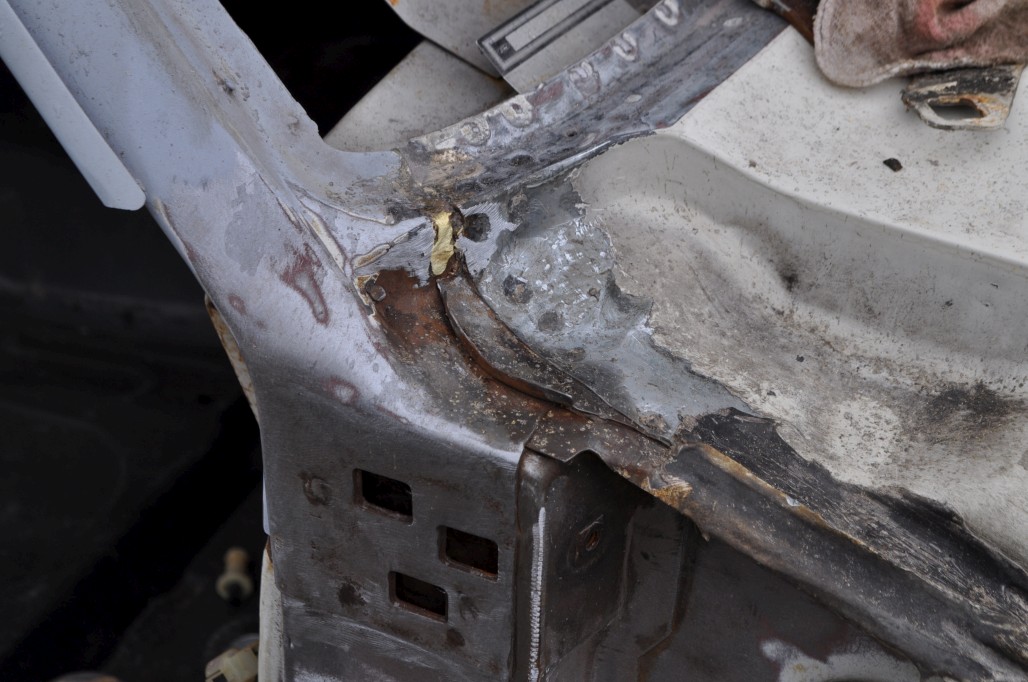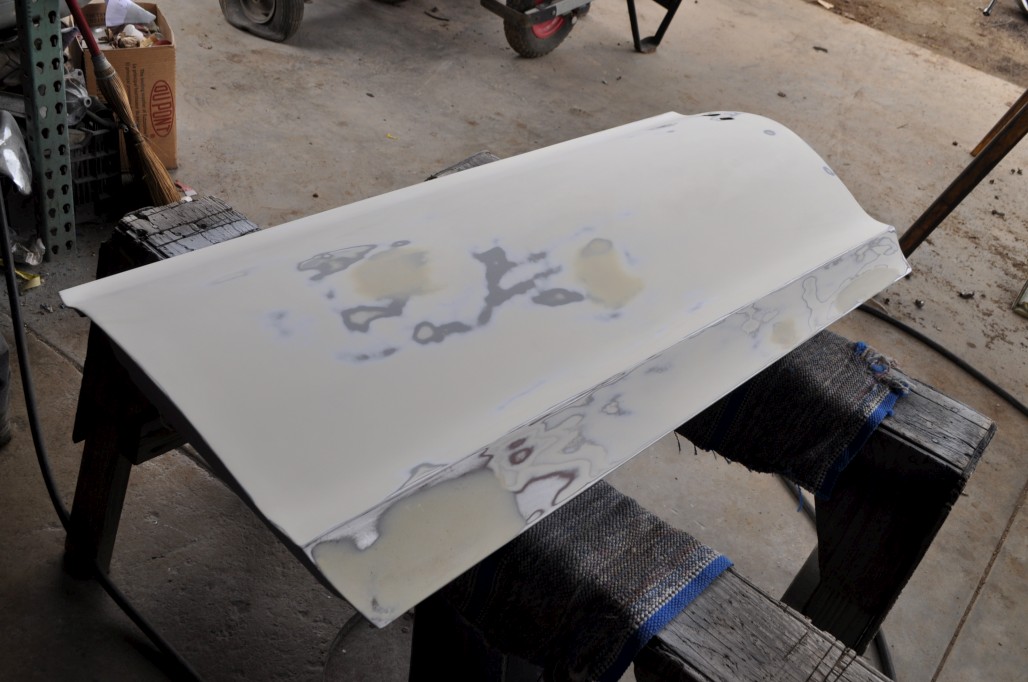Many of you probably remember the roof replacement project I undertook on my car, and how it started to snowball into more bodywork, and now is turning into a full-body restoration & repaint. This thread will be where I chronicle the ongoing saga as things progress. For the sake of having everything in one place from the beginning, I’ll go ahead and copy over my posts and pics from MC.net, then update from there. The original thread is here if you want to see the responses / questions & answers, etc: http://www.mercurycougar.net/forums/showthread.php?57353-Rusty-Roof-Replacement-no-turning-back-now
The back story, in case you’re wondering why I’m doing this to a lowly Standard, is that my grandparents (now deceased) bought the car brand new in '68. My grandpa, who probably picked out the car, died about 11 years before I was born, so unfortunately I didn’t get to meet him and bond over cars. My grandma, however, continued to drive the car lovingly up until she passed in 2001. I have fond memories as a kid being picked up from school in the Cougar (it was always a great surprise to see her pull up to the schoolyard), going to get ice cream, driving to the beach, etc. There were always people offering to buy the car from her, and she would respectfully turn them down. The car sat for a few years until I could drive (having proved myself first with an '84 Camry) and in 2006, my senior year in high school, I got the Cougar running & driving and felt like the coolest kid in the world, despite all the obvious maintenance concerns and rust issues. Long story short, the sentimental value is what’s driving me to do this car right.
----First Post - Sept. 12, 2011----
The worst part of my 68 Cougar, ever since I inherited it, has been the rust underneath the vinyl roof. I would often run my hand over the bumps and bubbles and hit the center of the roof with my palm and cringe as I heard it go “crunch crunch crunch.” So finally, I’m doing something about it.
I’ve done an amateur restoration before, with my uncle, so I’m not a complete newbie to working on old cars. But I’m no expert either. I’m trying to find out if someone like me can actually pull this off. Granted, I have some good people around me to help out and give me advice, but I’m trying to do as much as it myself as possible.
While I’m doing this, I’m making a video to document the process. It may not turn out as well as some of our other ones, since I’m mostly just putting the camera on a tripod and filming myself, but hopefully it will be good encouragement for others with rusty roofs.
I got started last Wednesday by stripping out my interior (more of it than I needed to, but I wanted to see what my floors looked like) and in the following days I removed the trim pieces and front / rear glass. I actually was able to rip off the vinyl roof before taking the glass out, because the last time it got replaced, they apparently left the glass in and trimmed the vinyl around it. It was the same story with the headliner. Glass left in, trimmed to fit. The roof was covered in flaky bondo, a clear indication of how the previous “repair” was done. There were many pieces with stalagmites of bondo which had dripped into rust holes. Upon cleaning up most of the flakes of bondo and loose rust, I could get a better look at the rust. The roof is mostly in one piece, but there are holes everywhere. It’s gotta go. The rear window channel is shot too, but that’s another job.
The way I’m trying to do this, by the way, is just the outer sheet metal skin of the roof. I don’t want to cut out the structure. The way this is done is to find and drill out all the spot welds all the way around. There is a lead seam on the C-pillars which needs to be melted off to reveal the spot welds. Anyways, enough said, here’s some pics of the progress so far.
Here’s a “before” shot… you can’t really see the bubbling under the roof but there was plenty. The vinyl itself was pretty rough on top too.
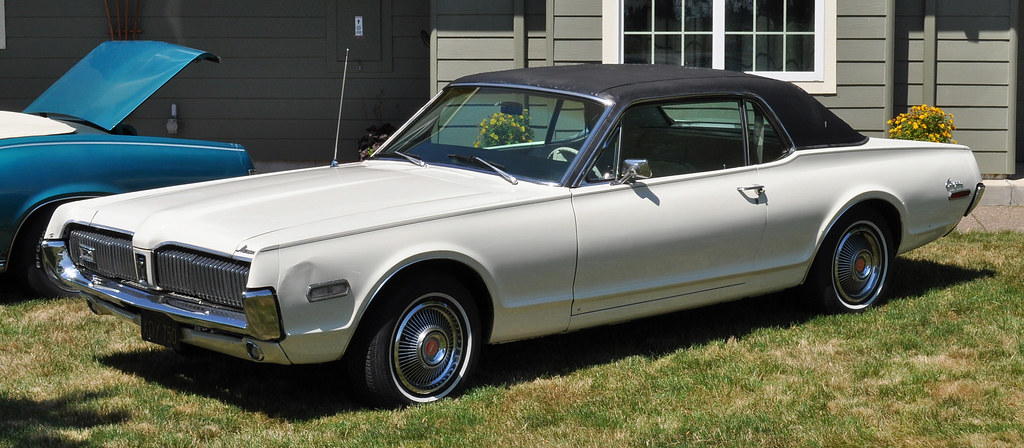
Here’s some shots just after I peeled off the vinyl. Notice the copious amounts of flaky bondo.
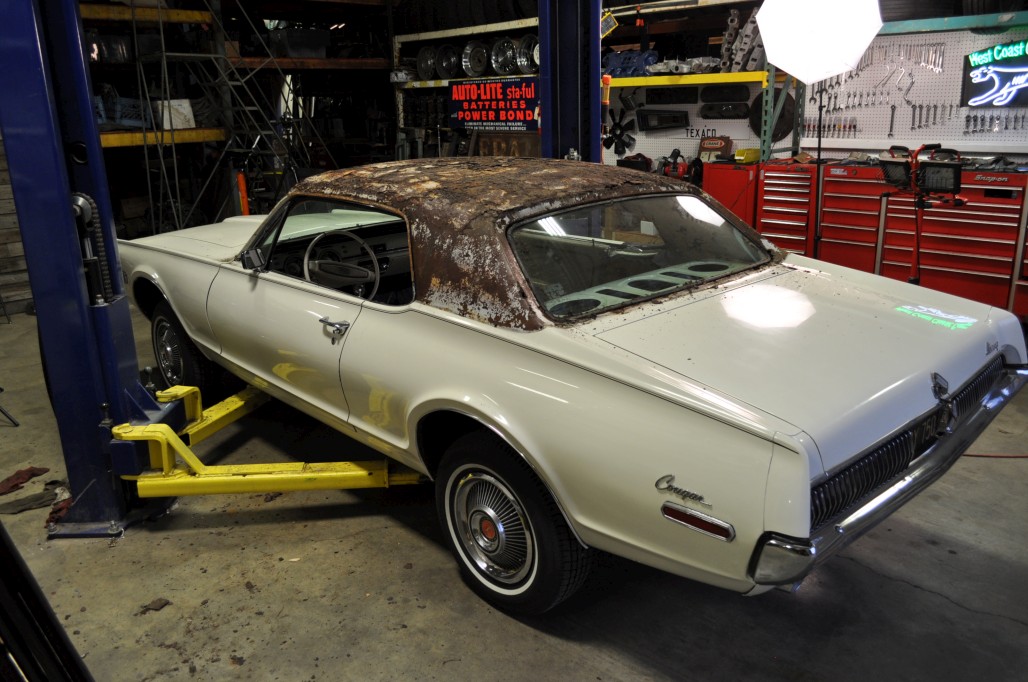
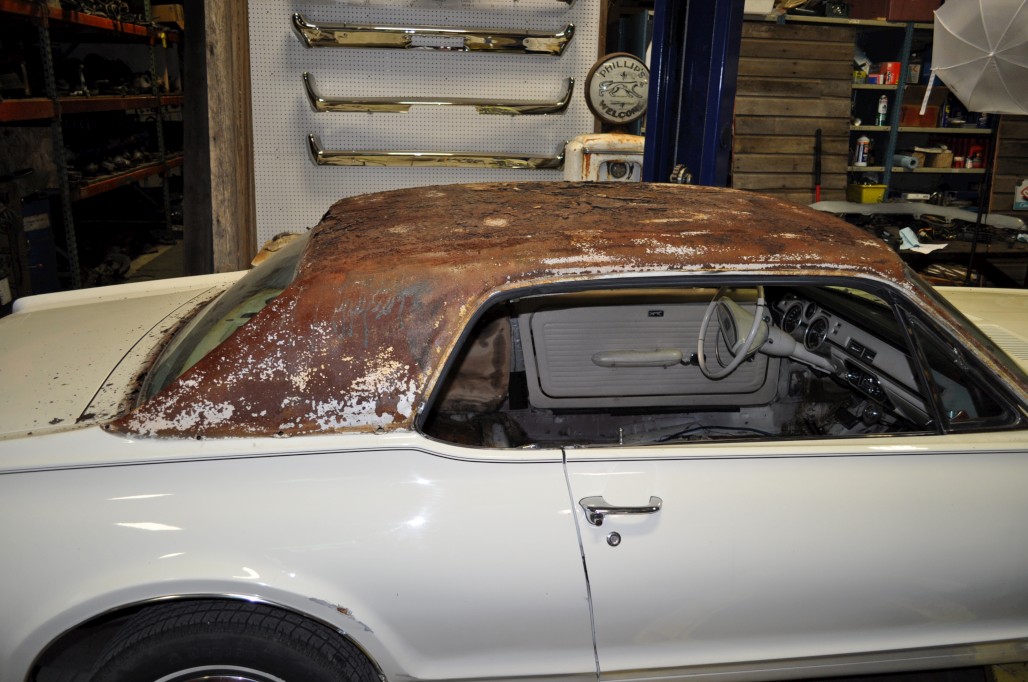
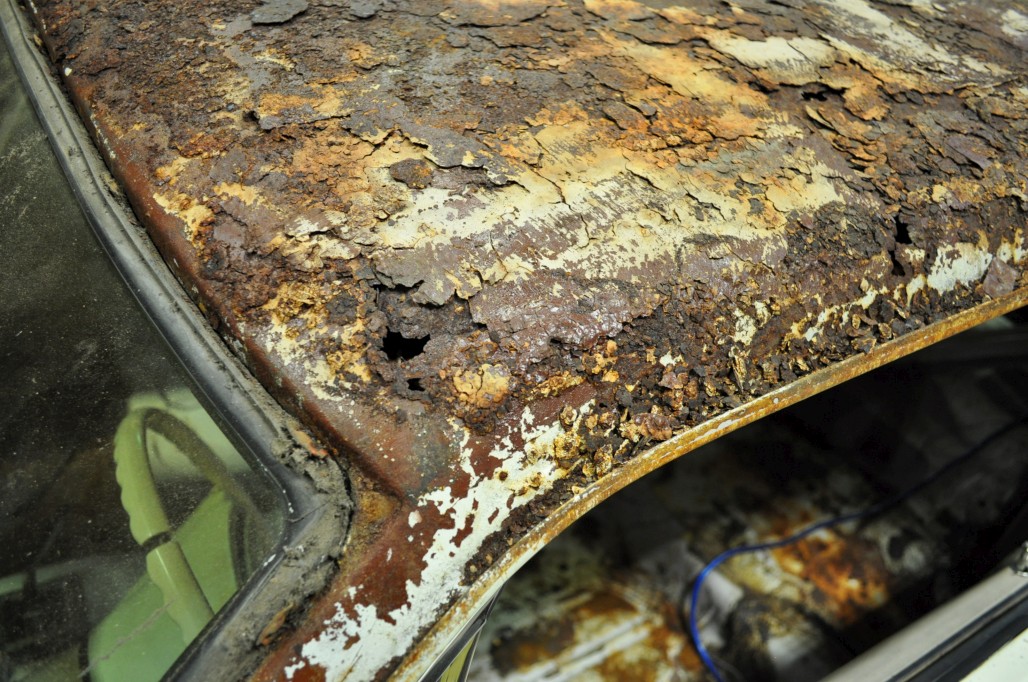
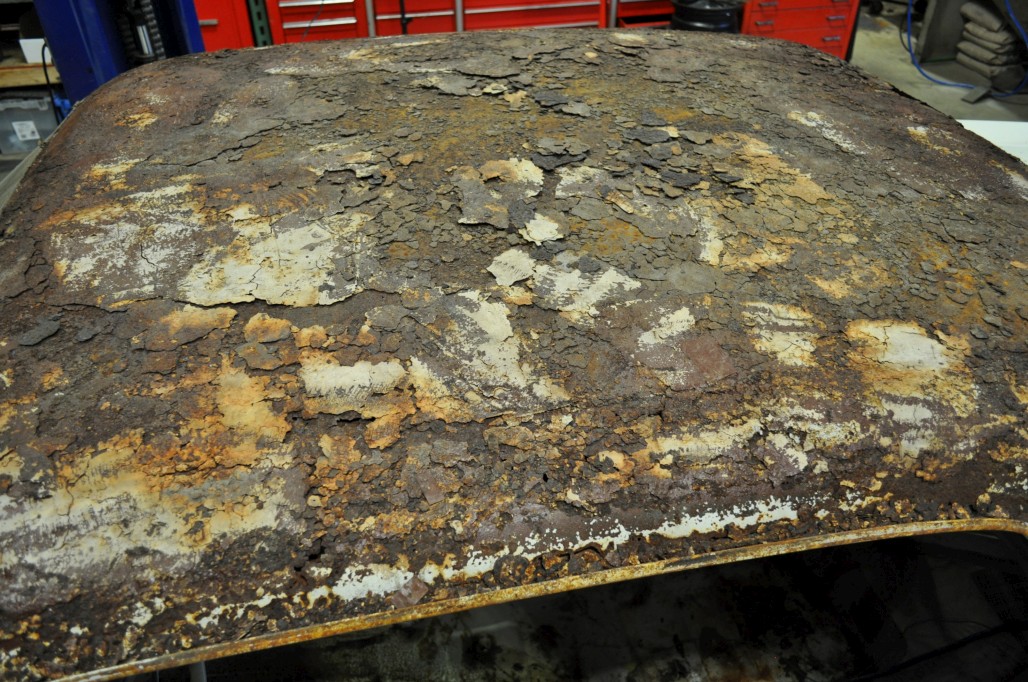
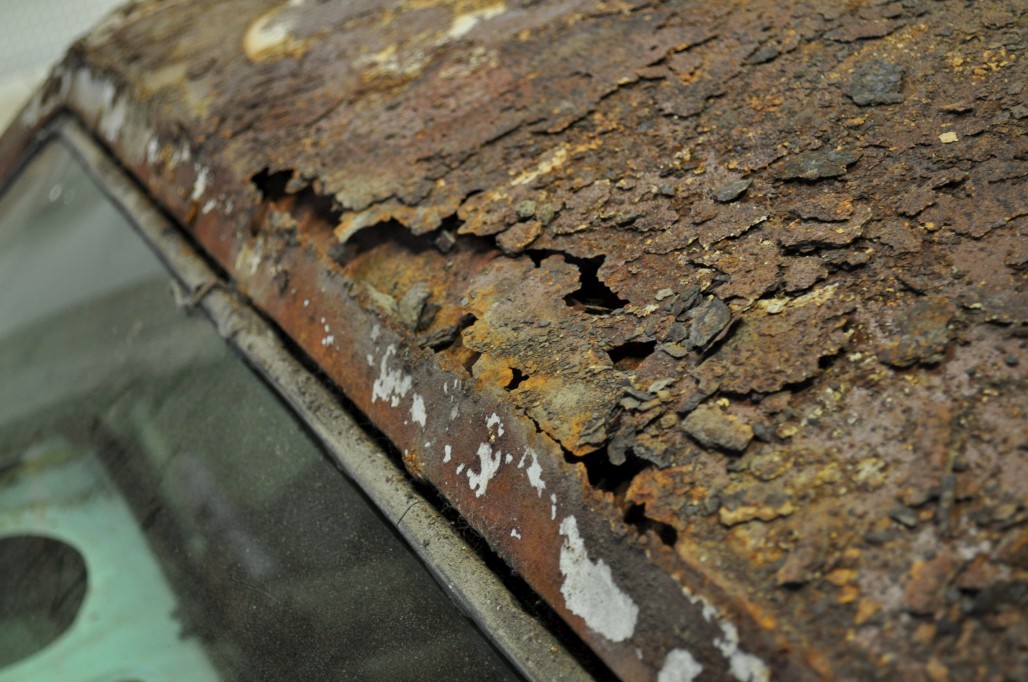
… And below are some shots of where I’m at right now. Flakes mostly cleaned up, glass removed, headliner removed, all trim removed, and locating the lead seam / spot welds with a wire wheel.
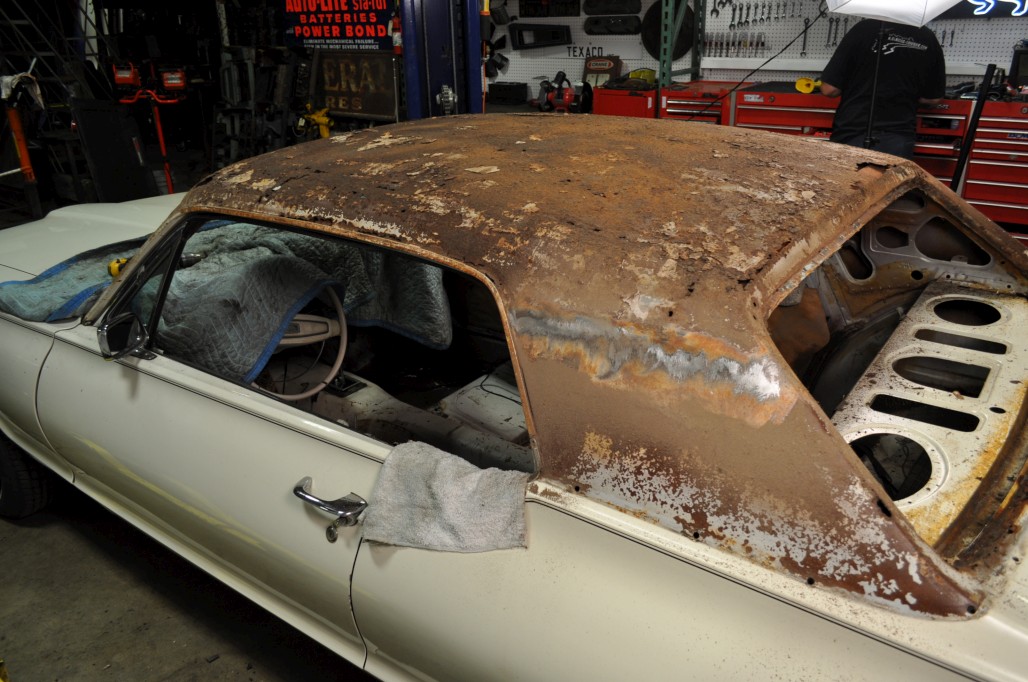
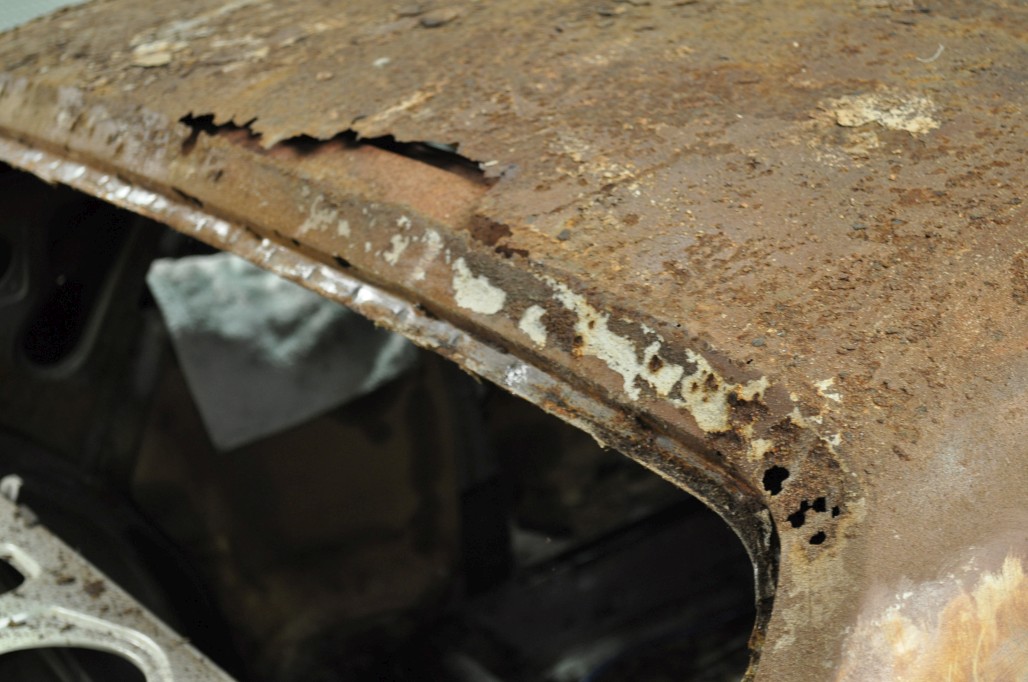
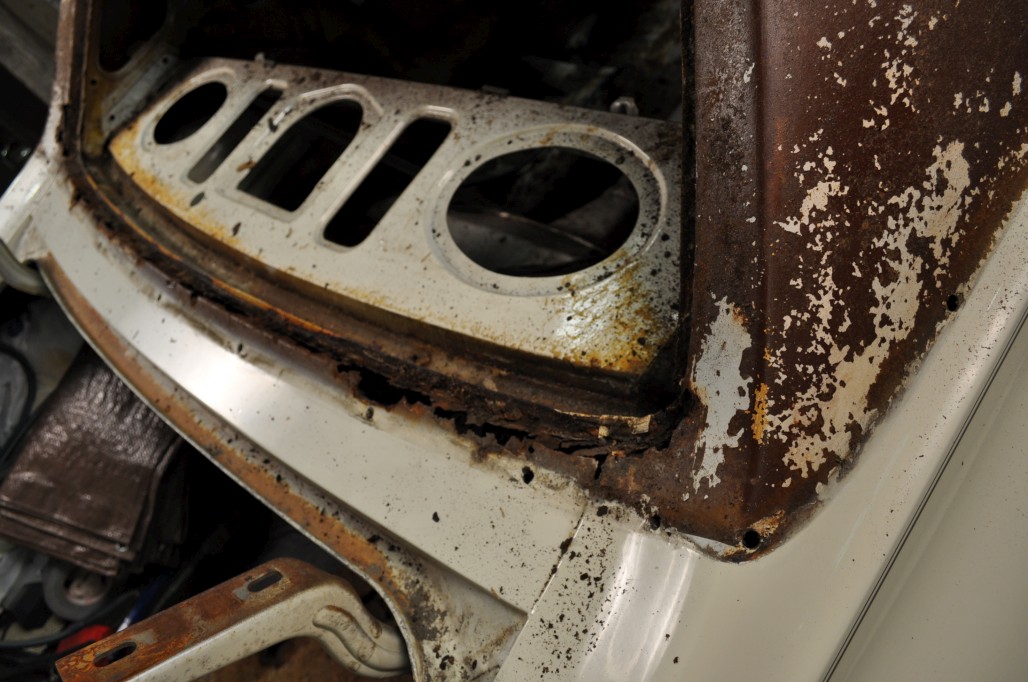
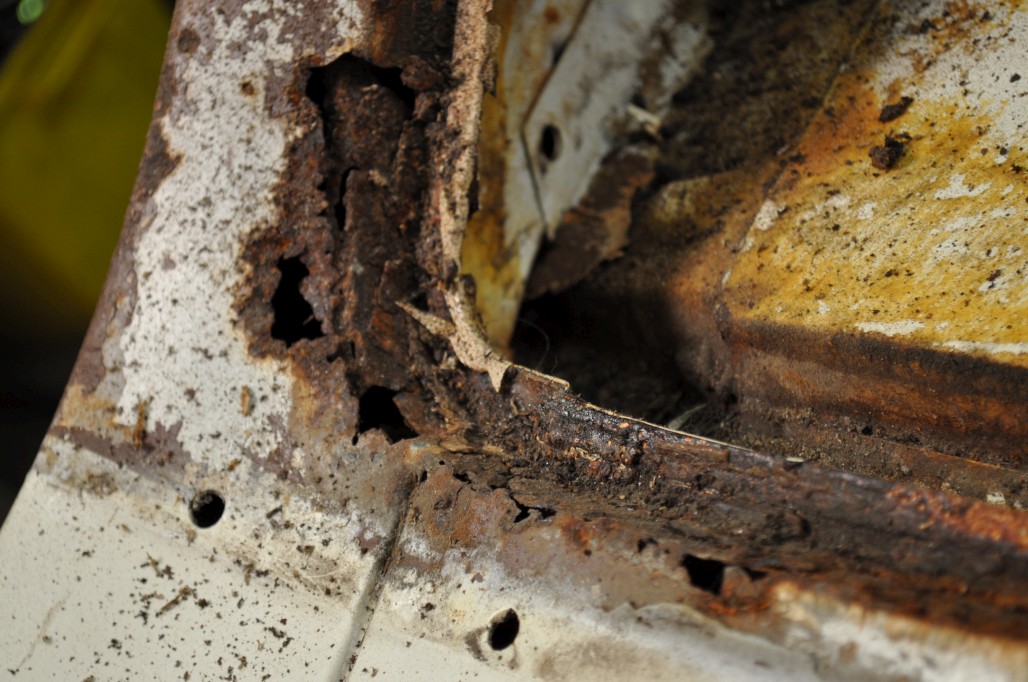

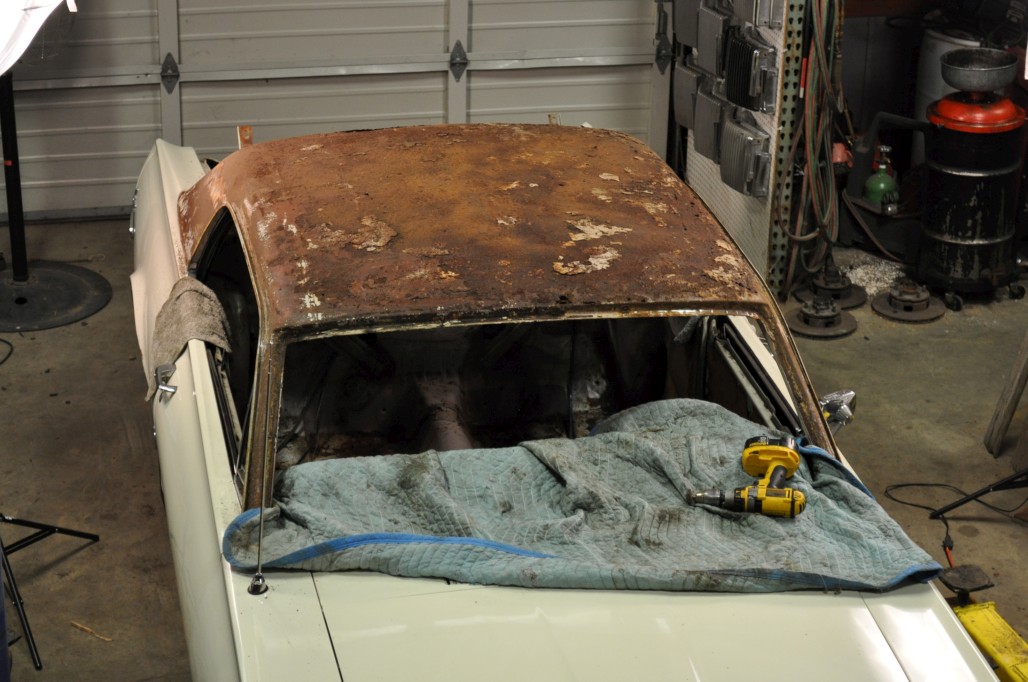
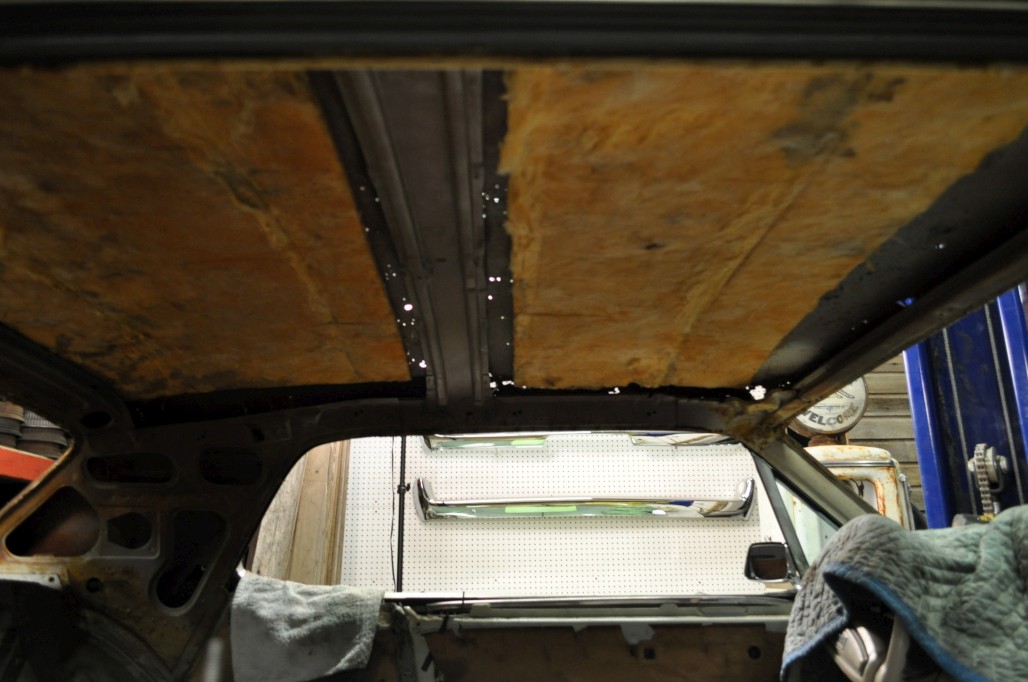
Stay tuned! More updates soon. I expect to get most of the work done within the next few days. I guess we’ll find out!
(end of post)
